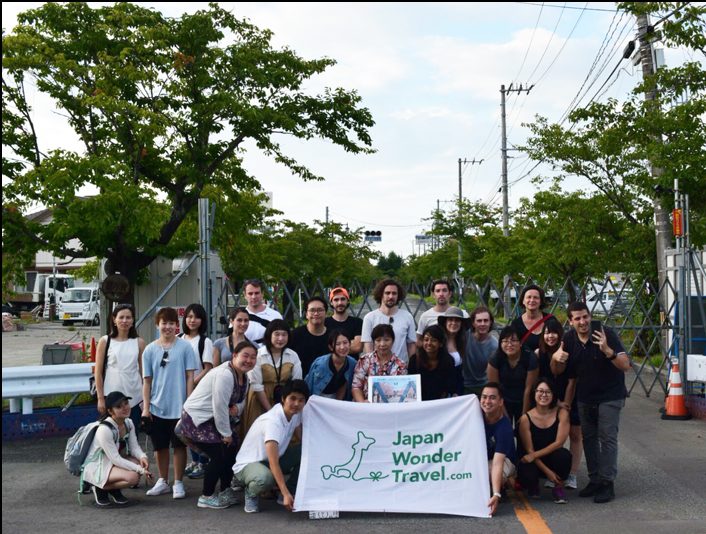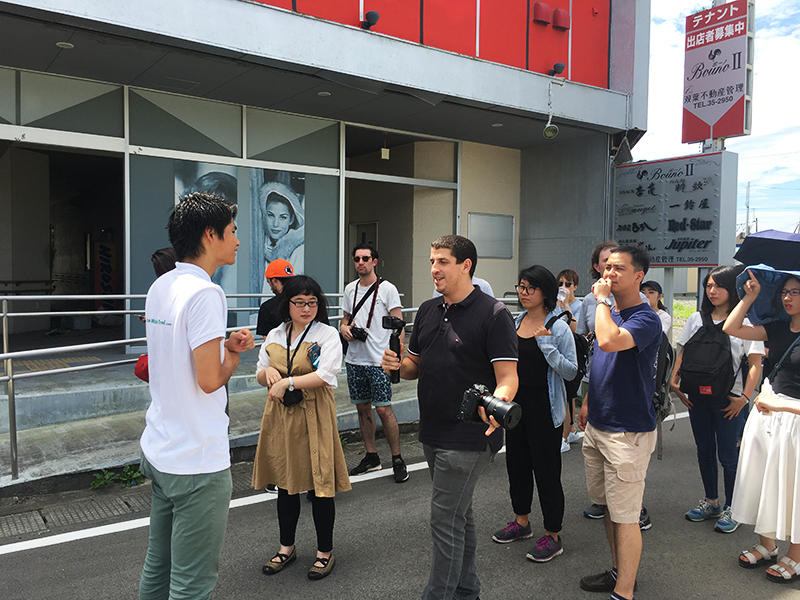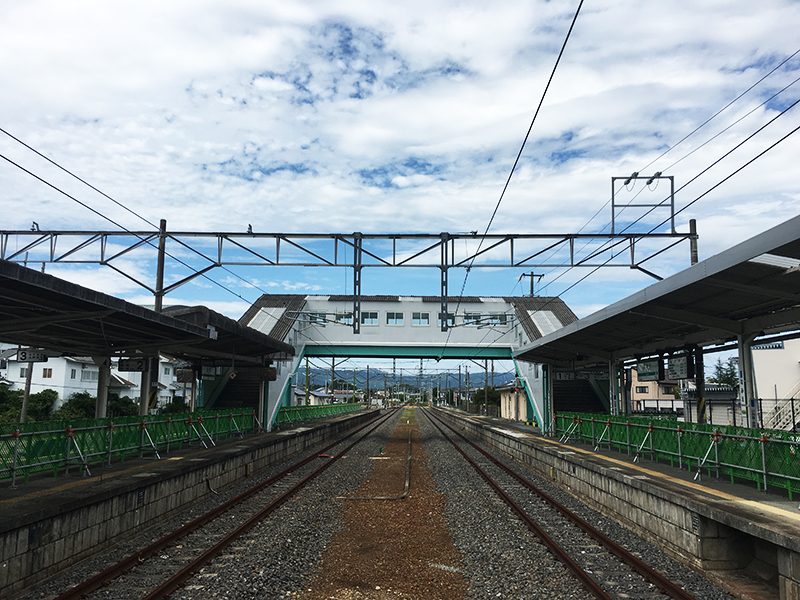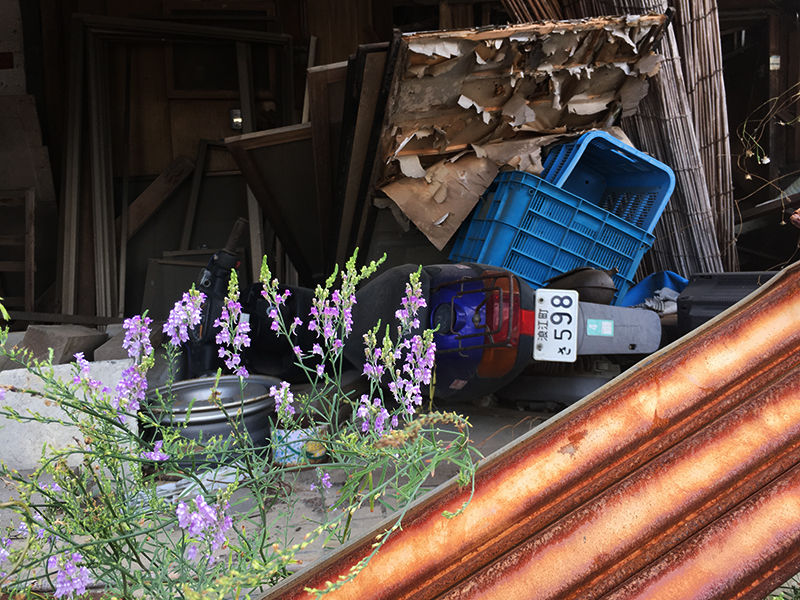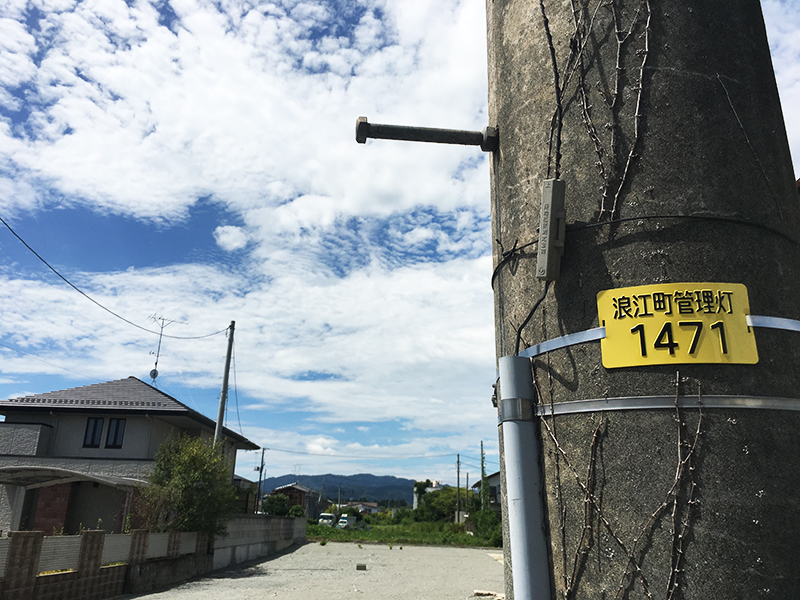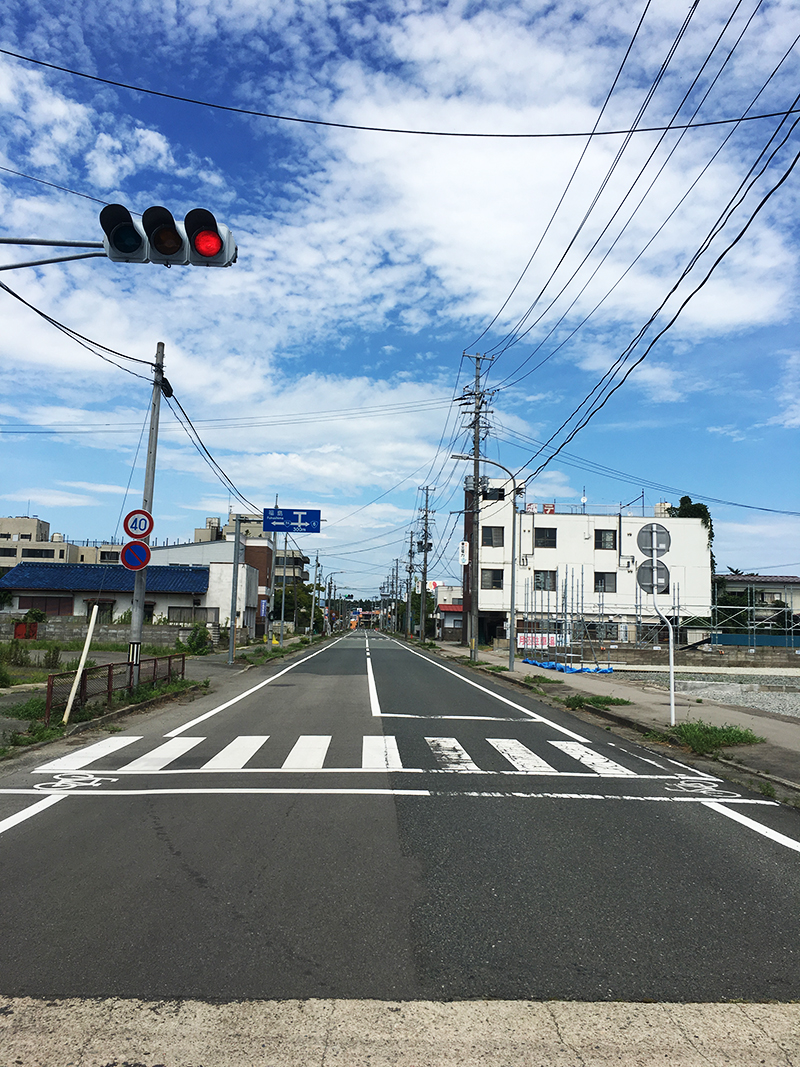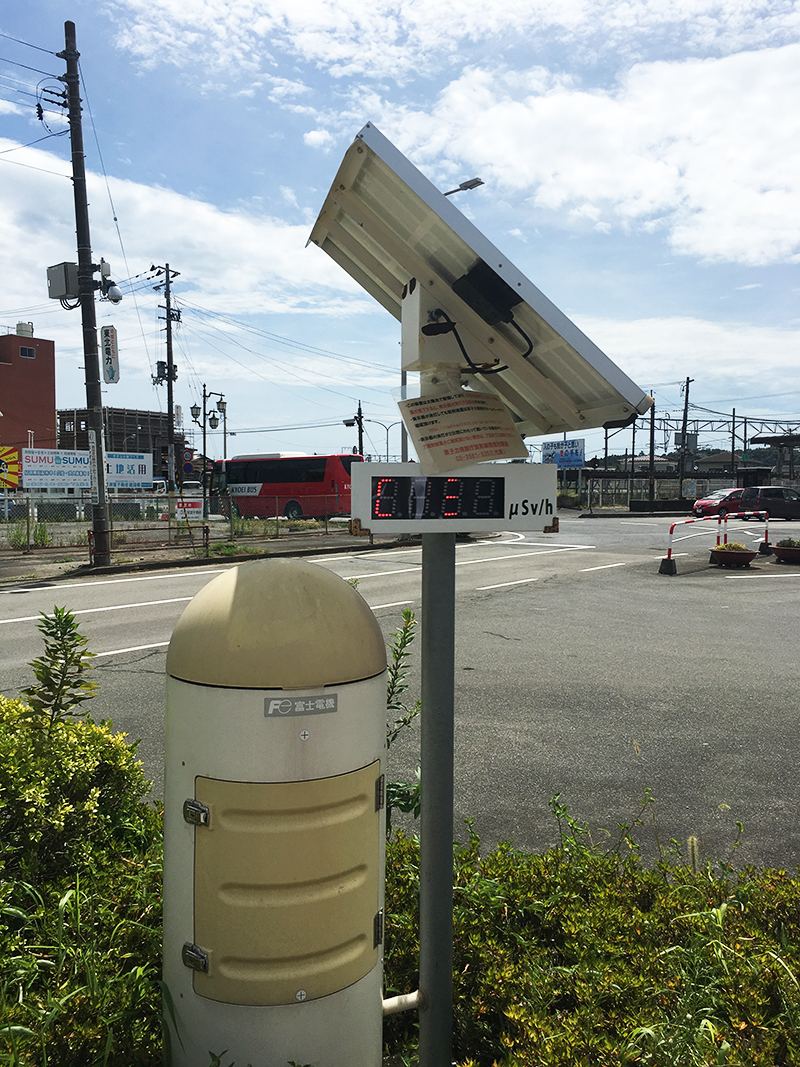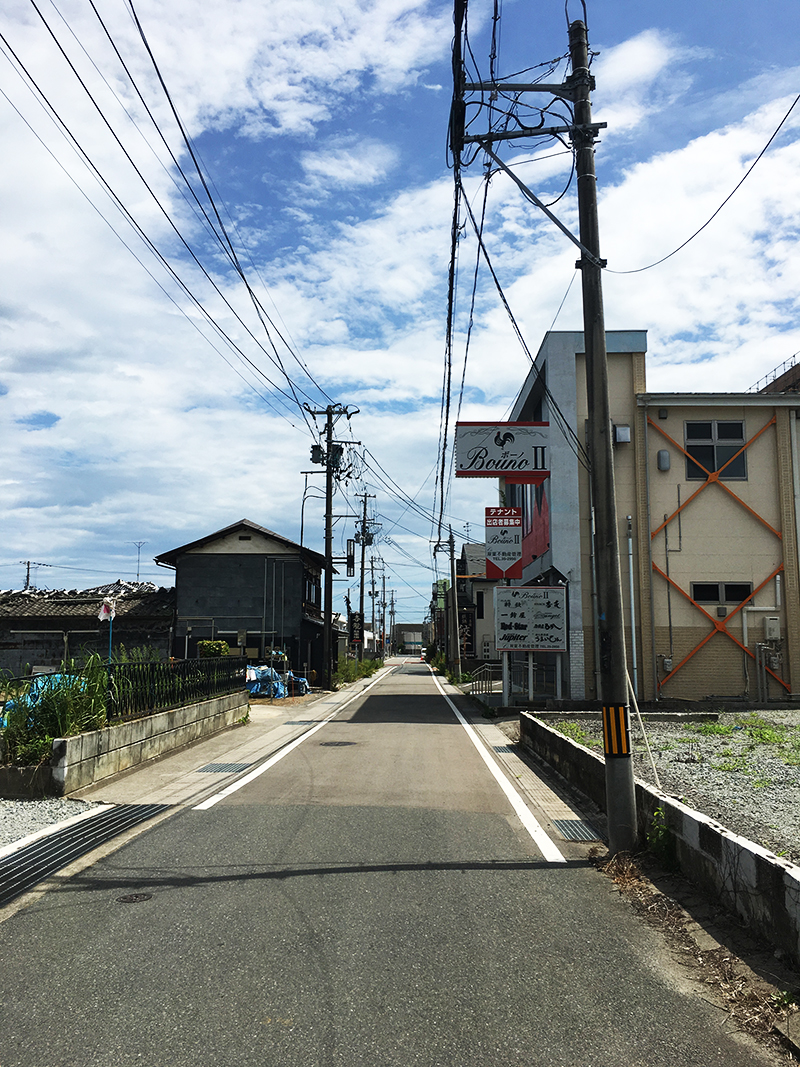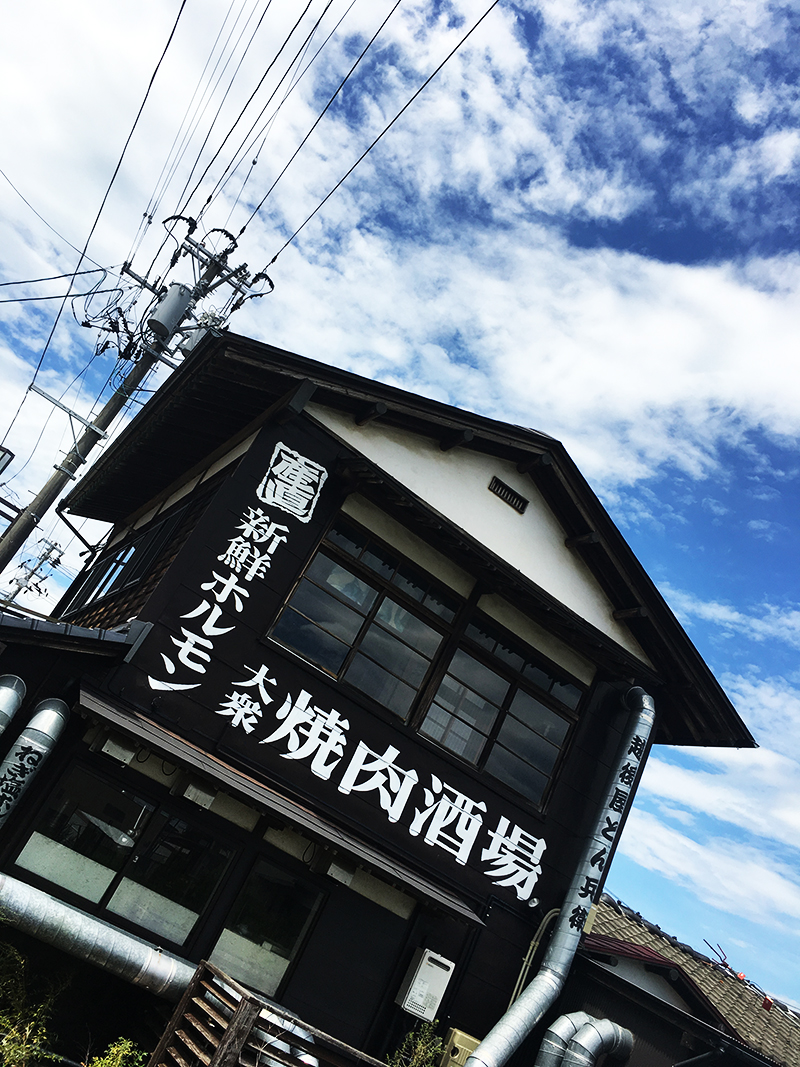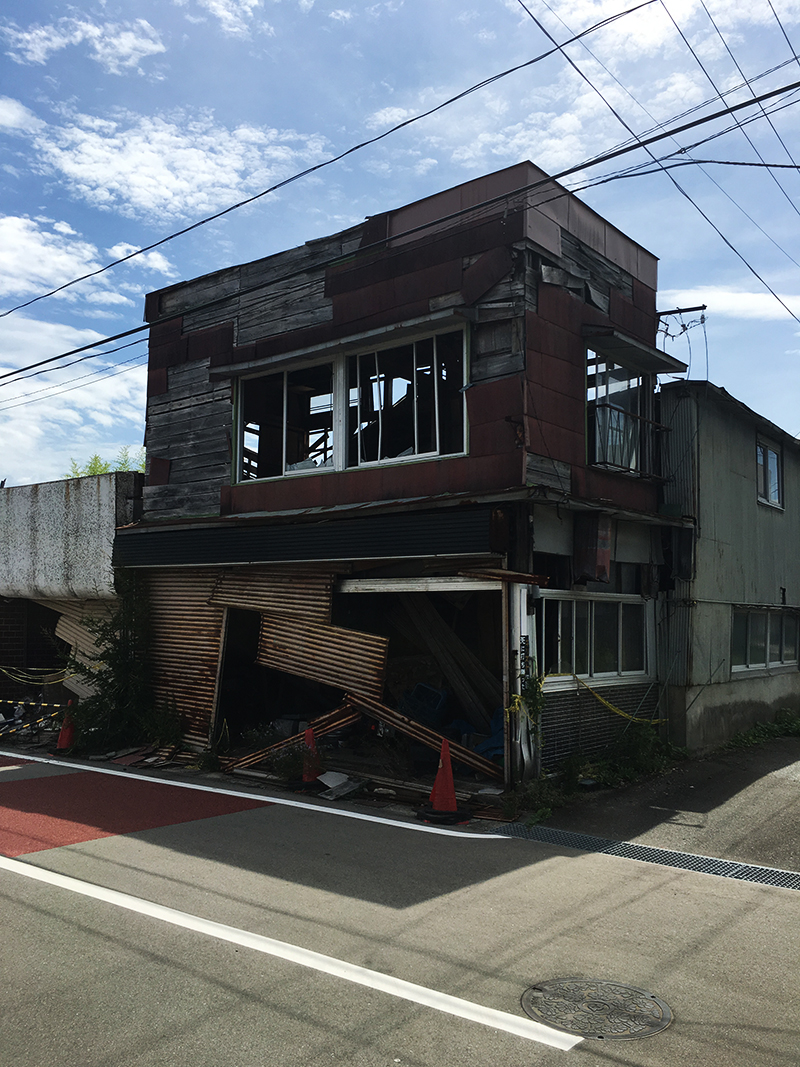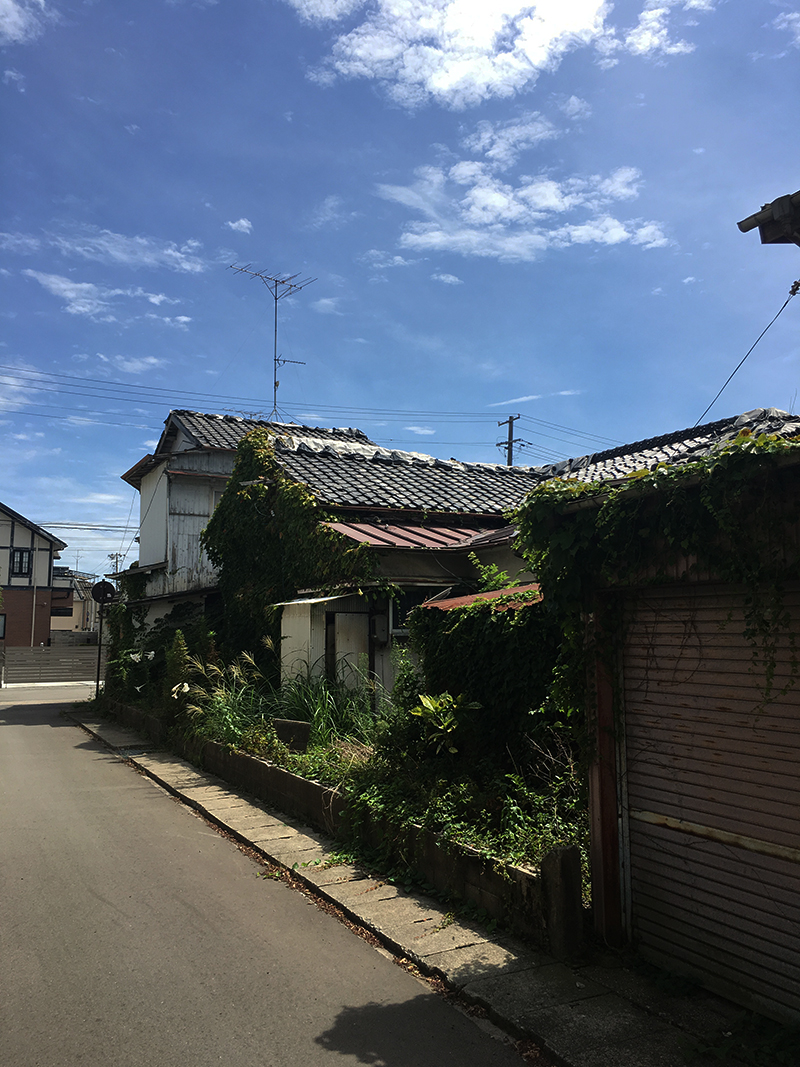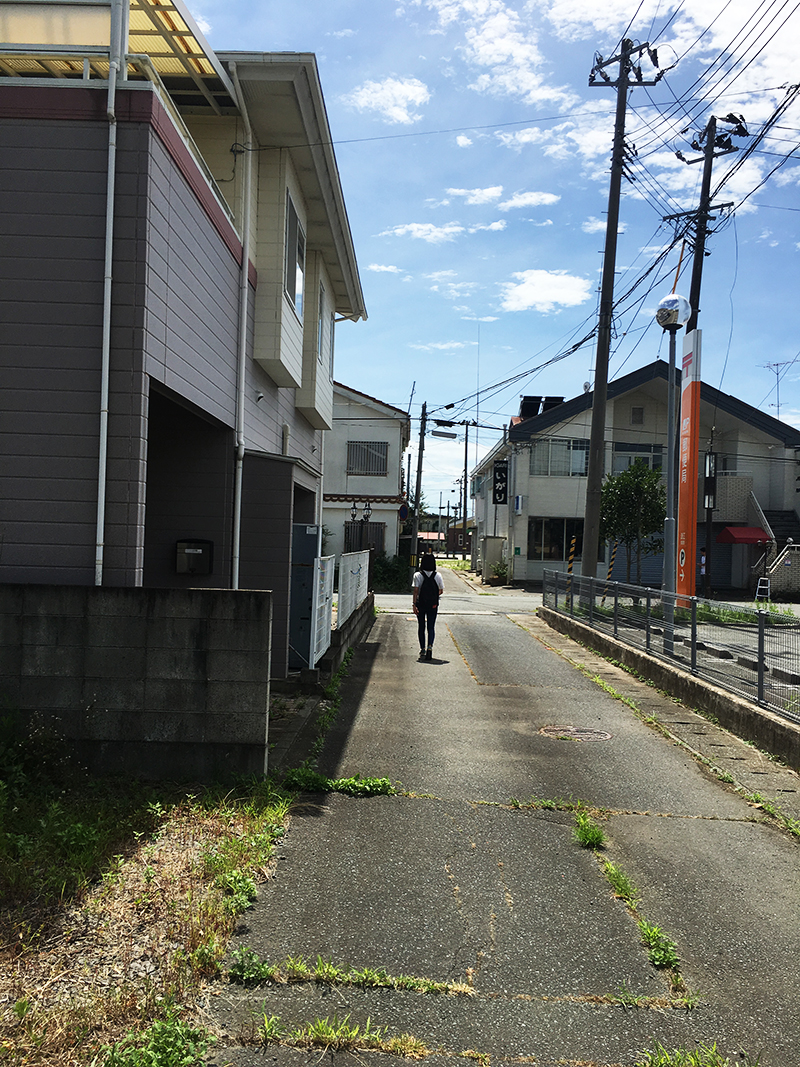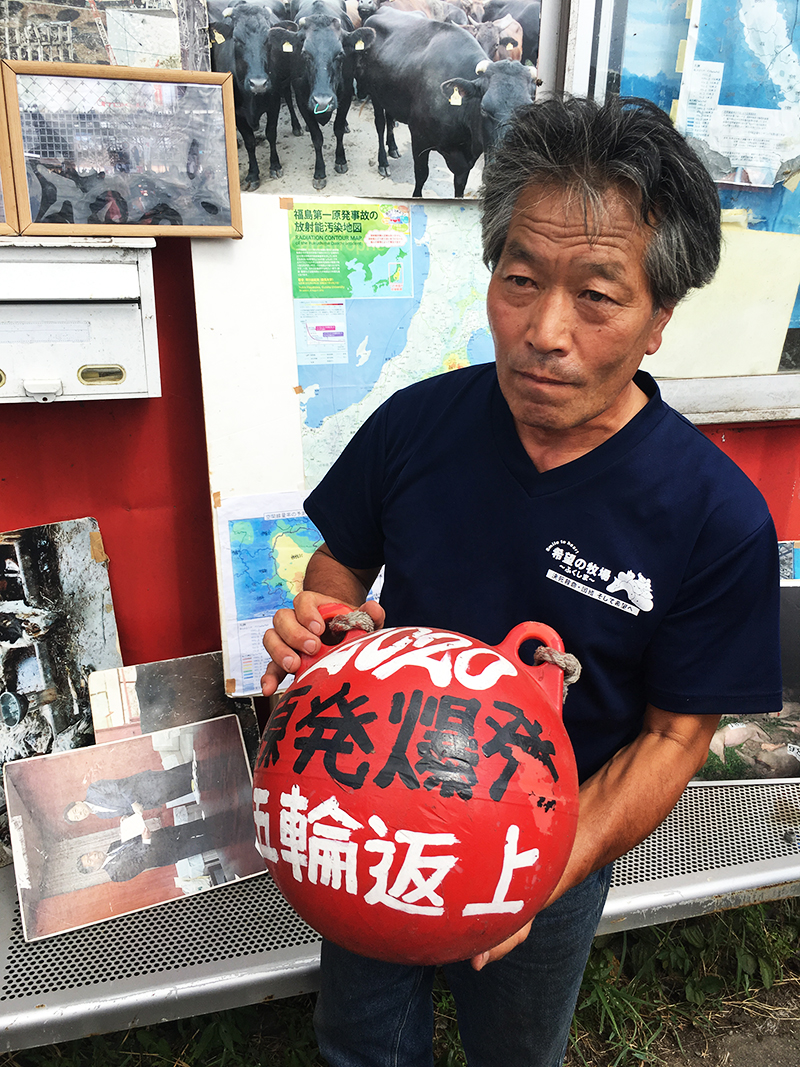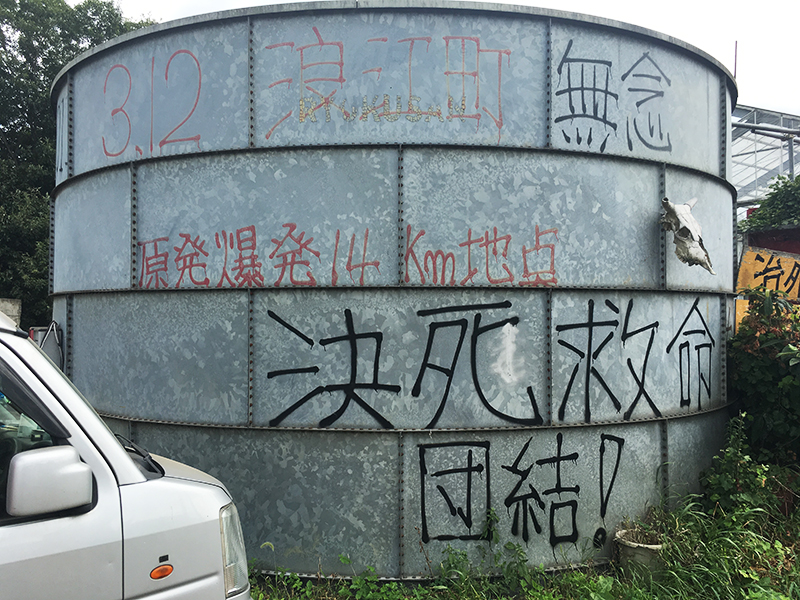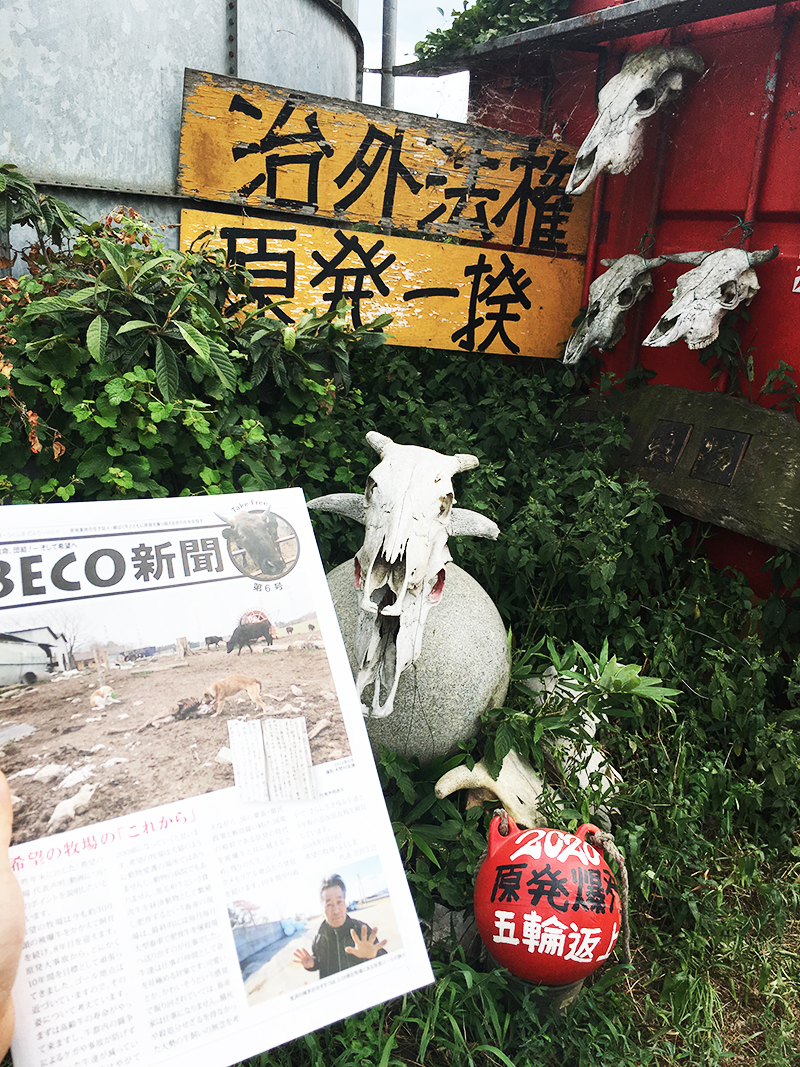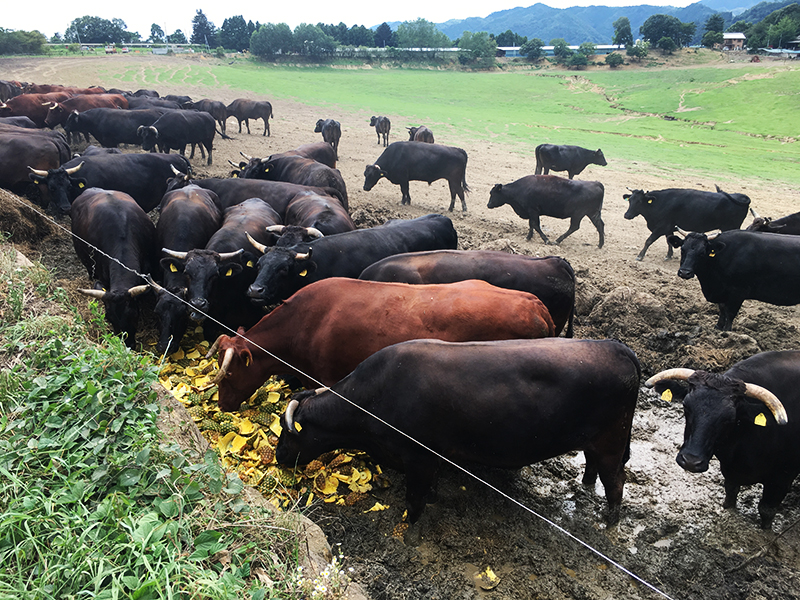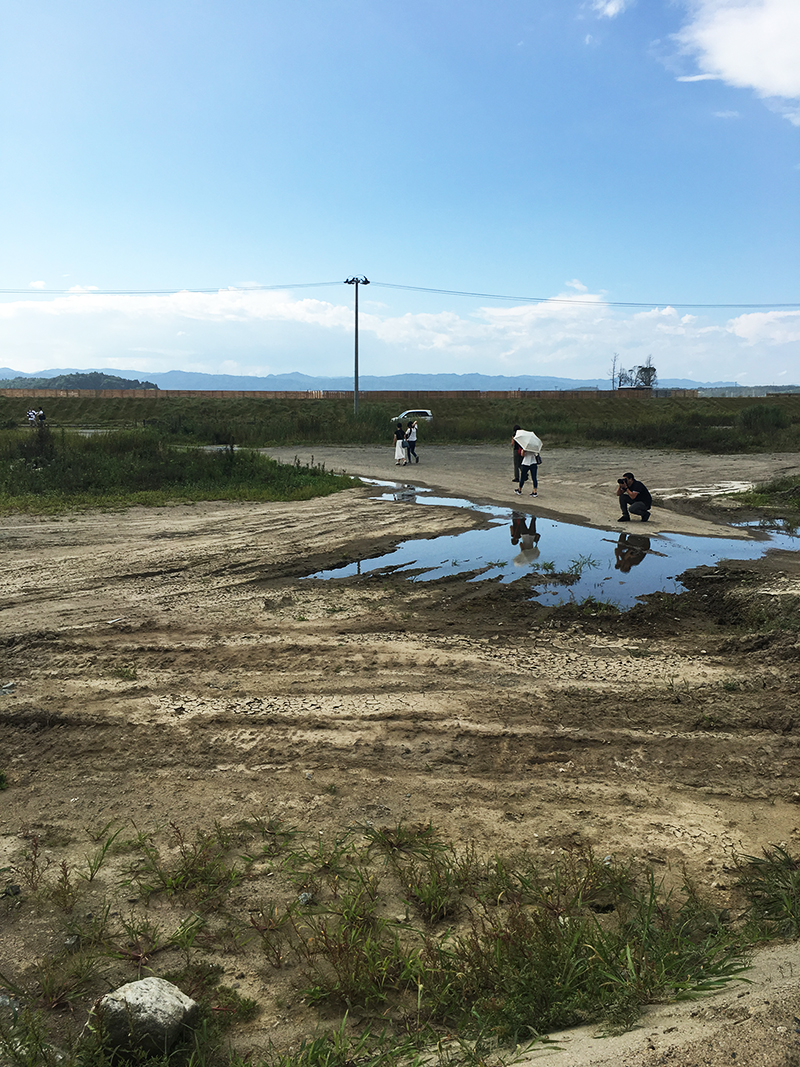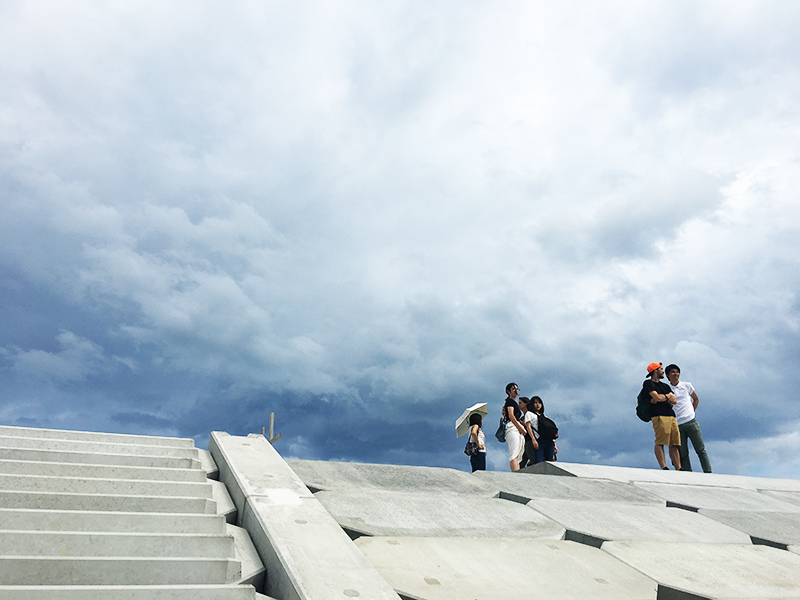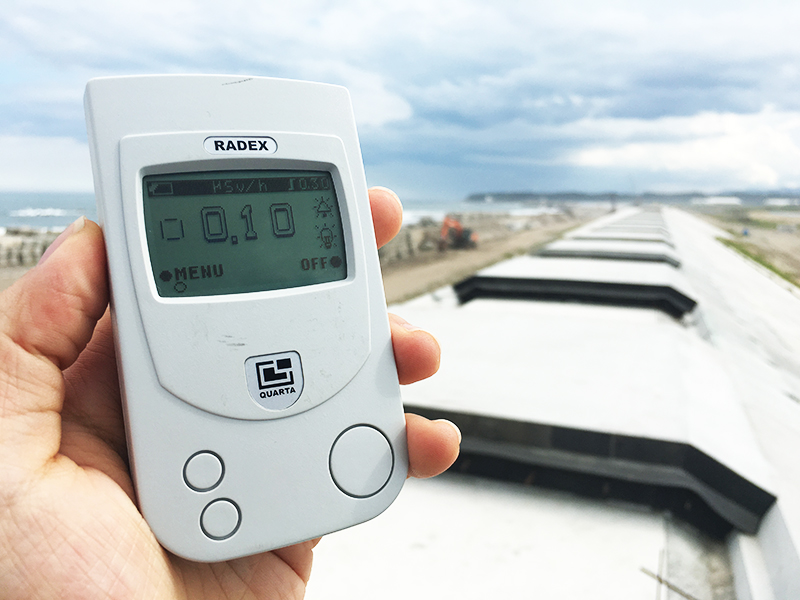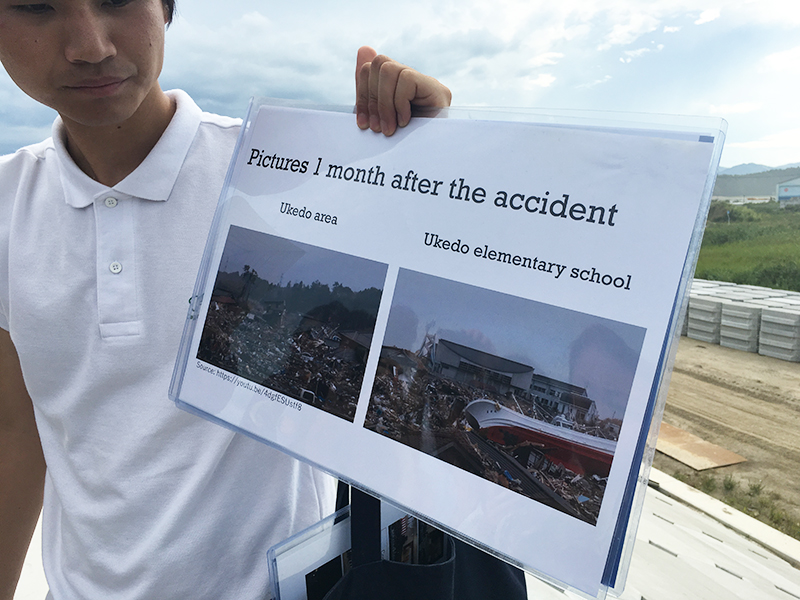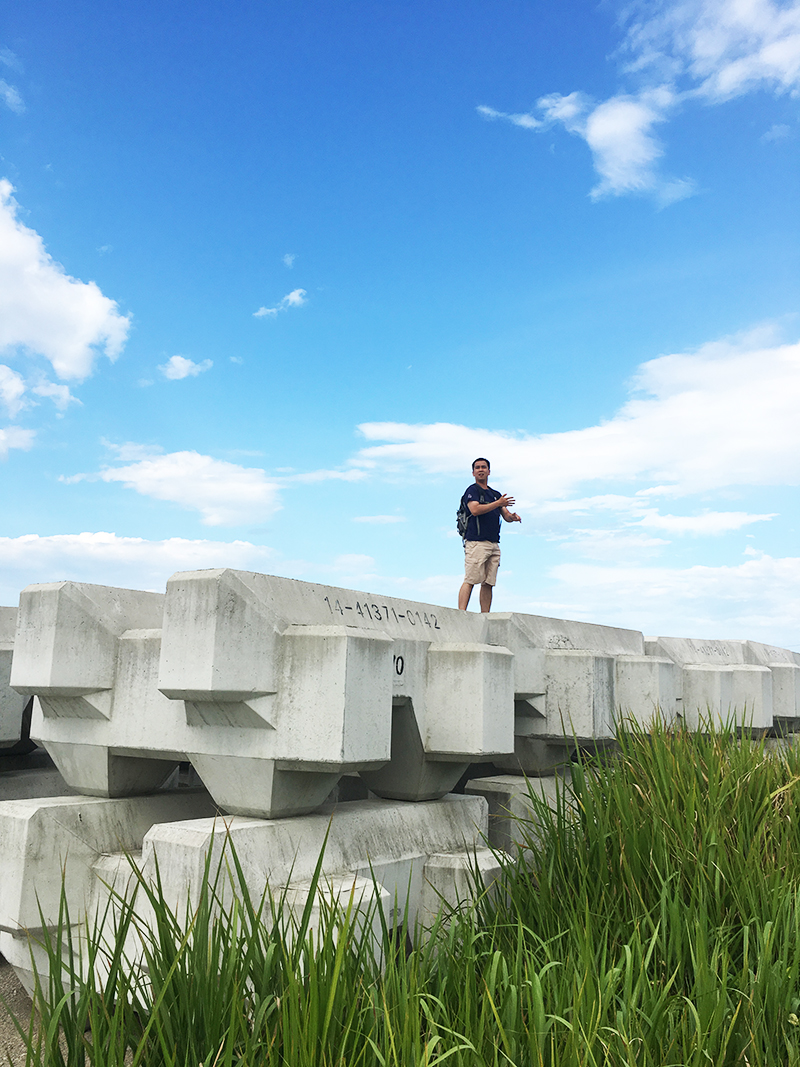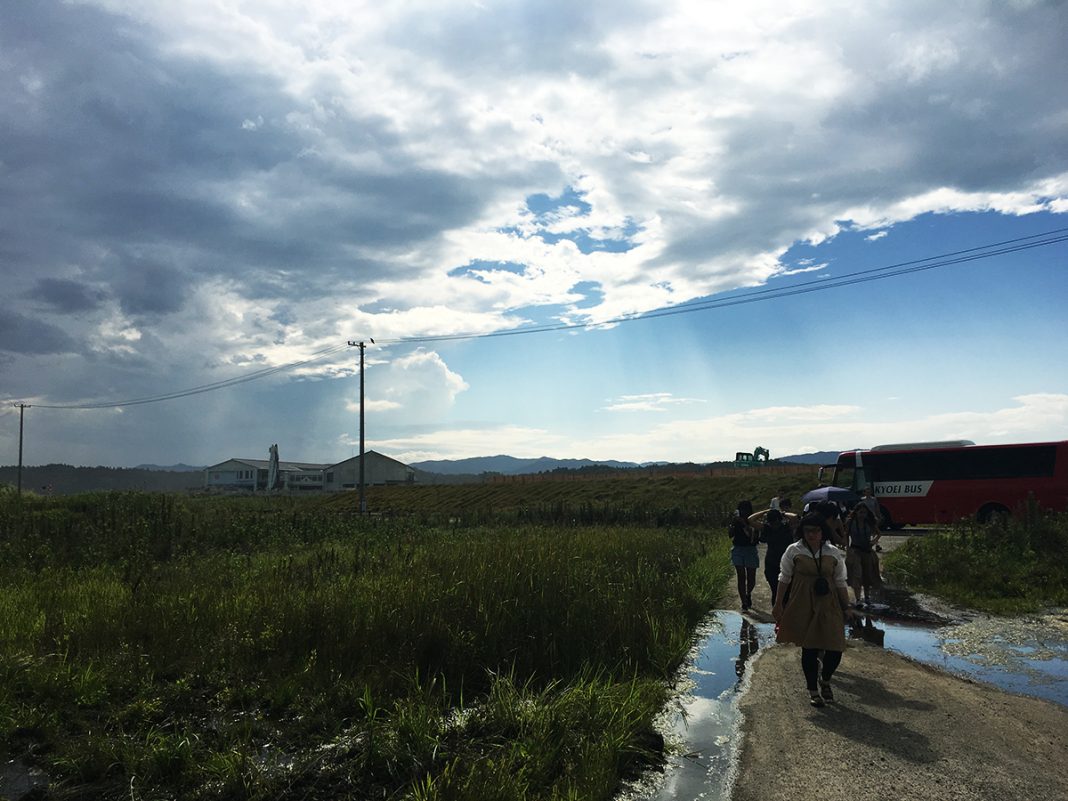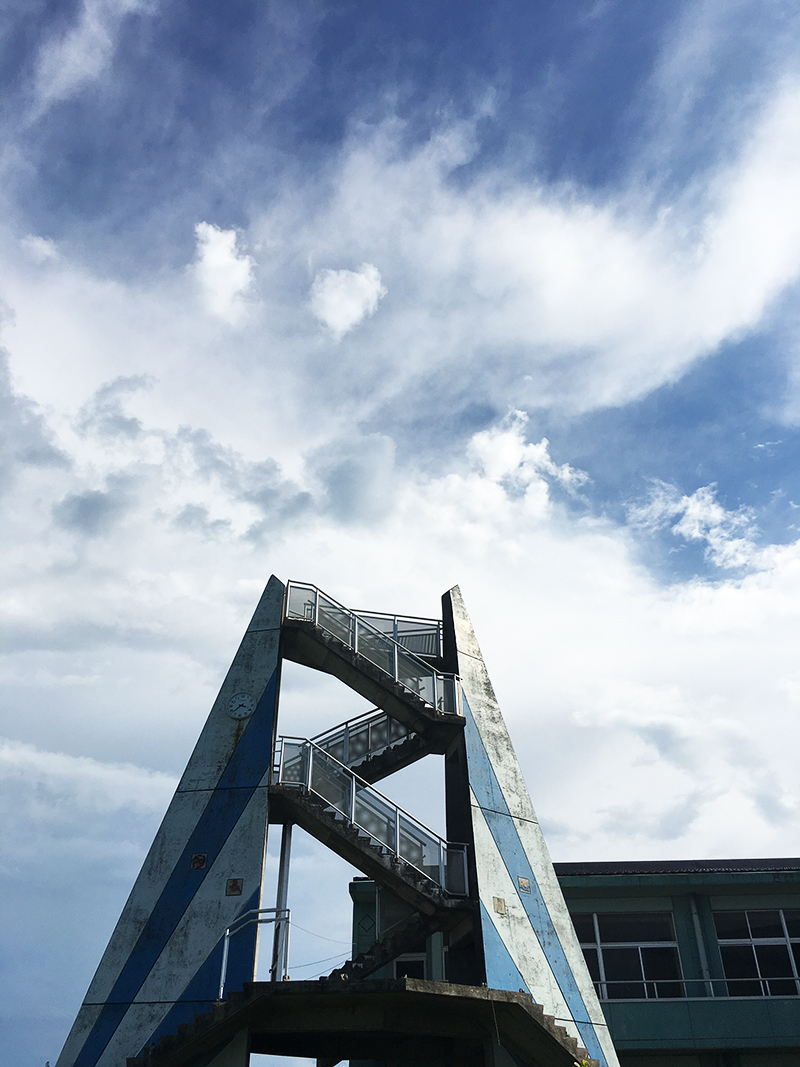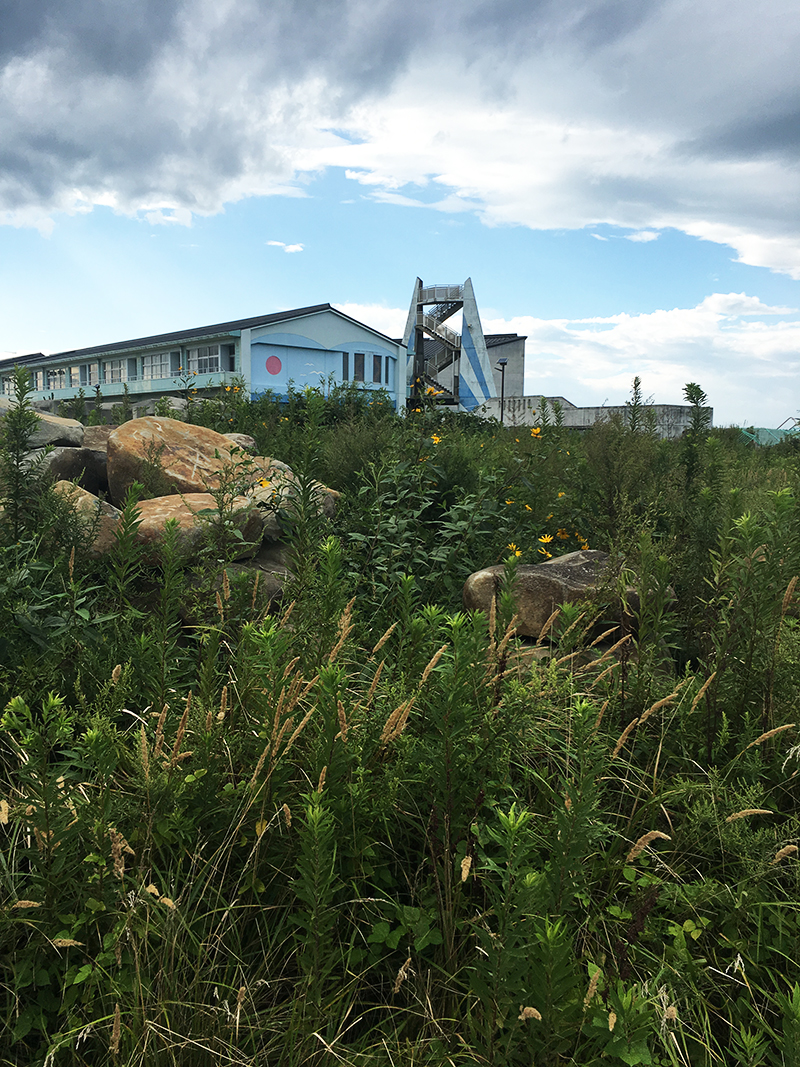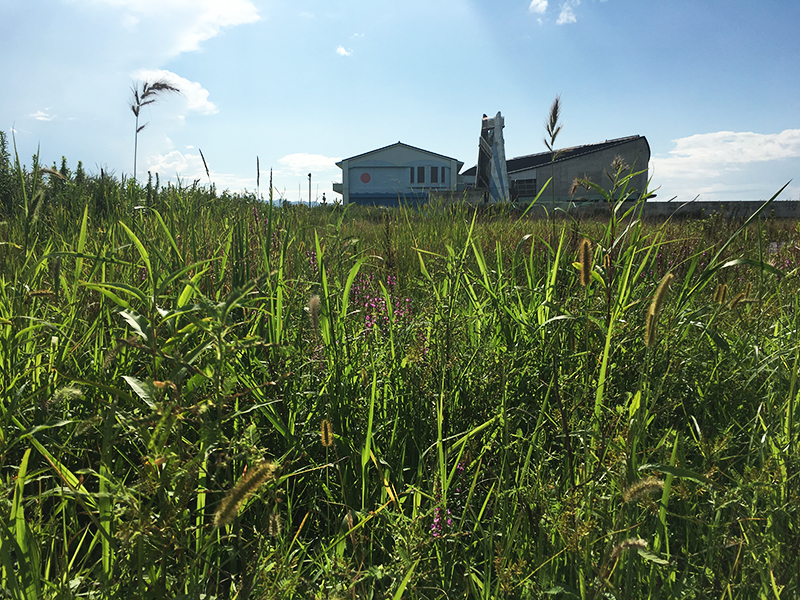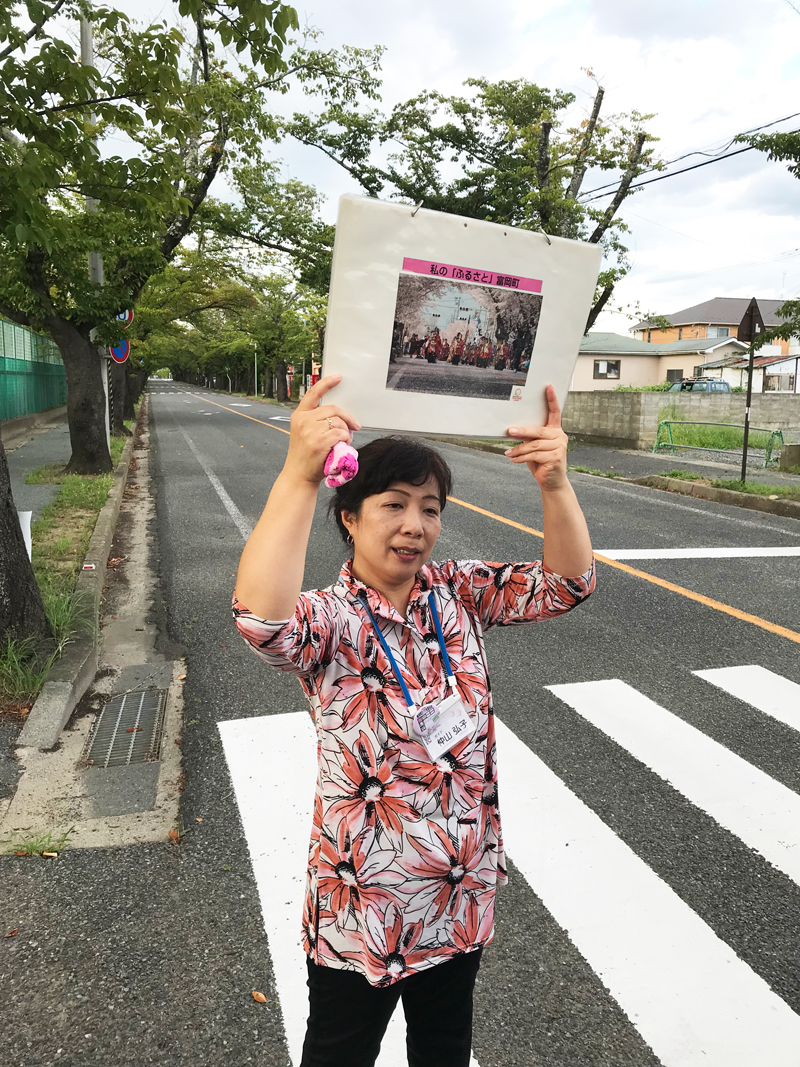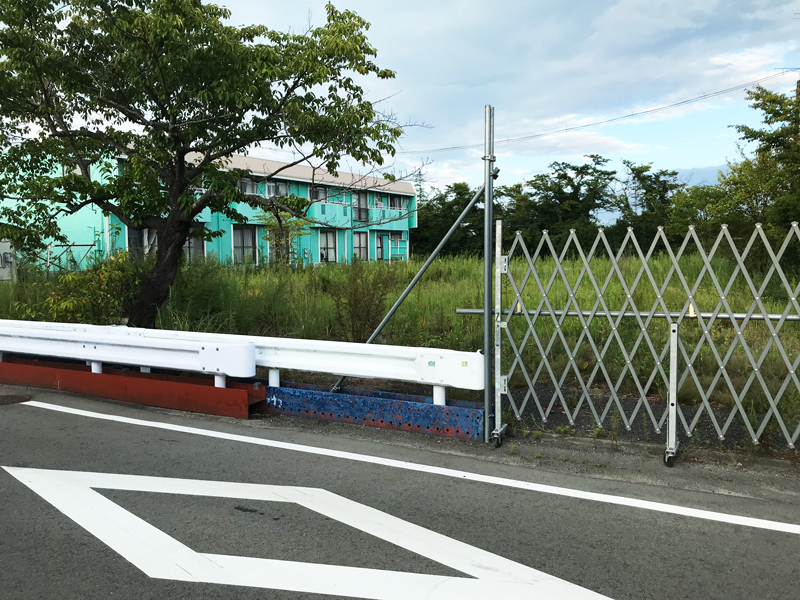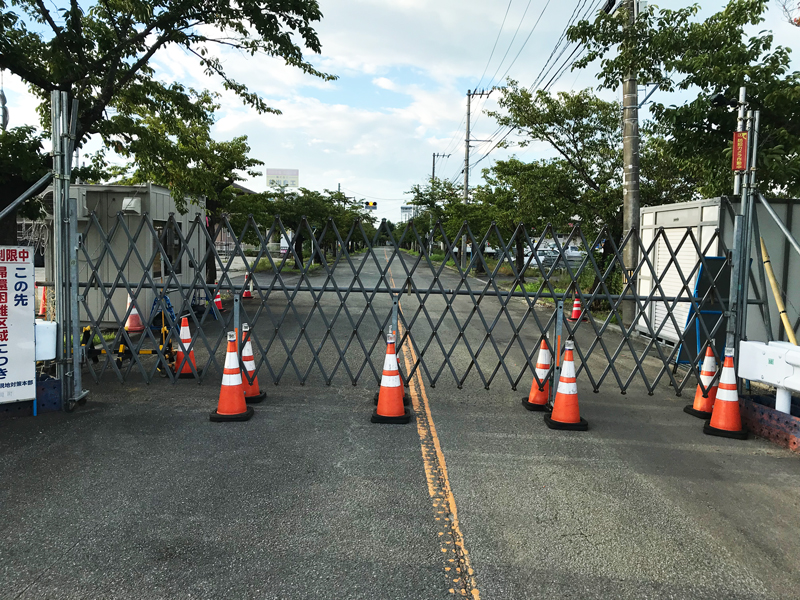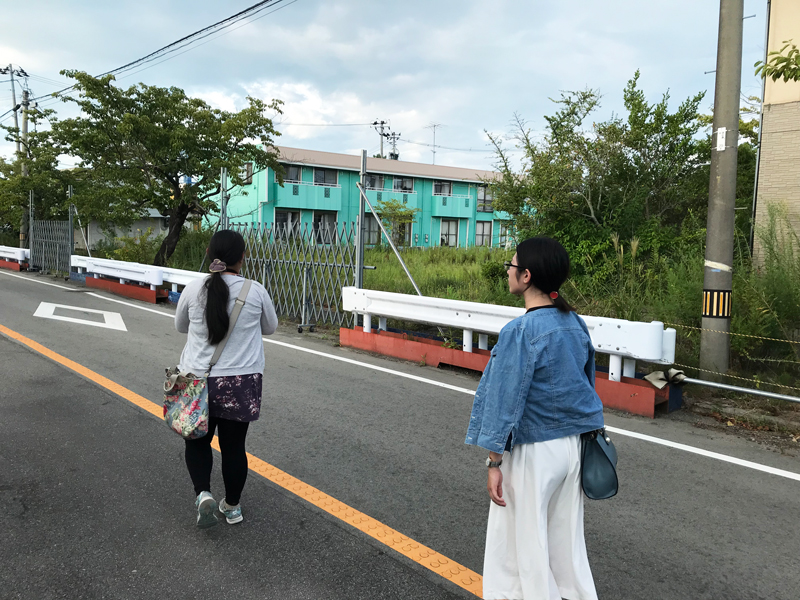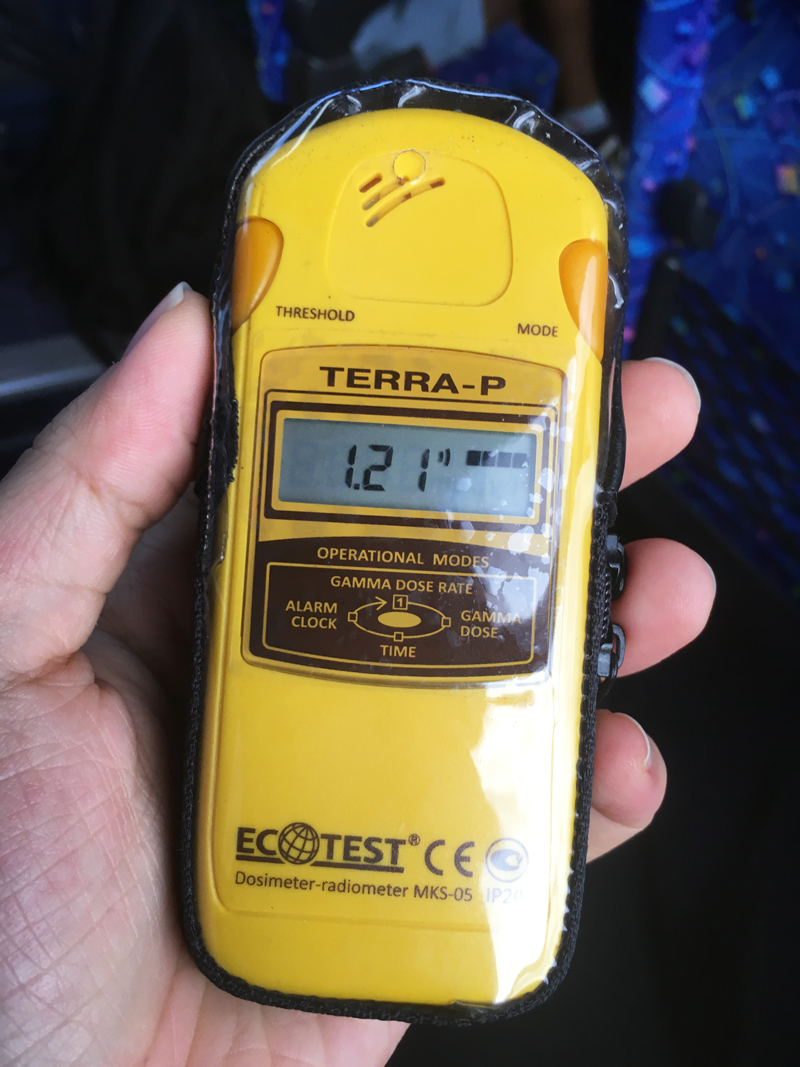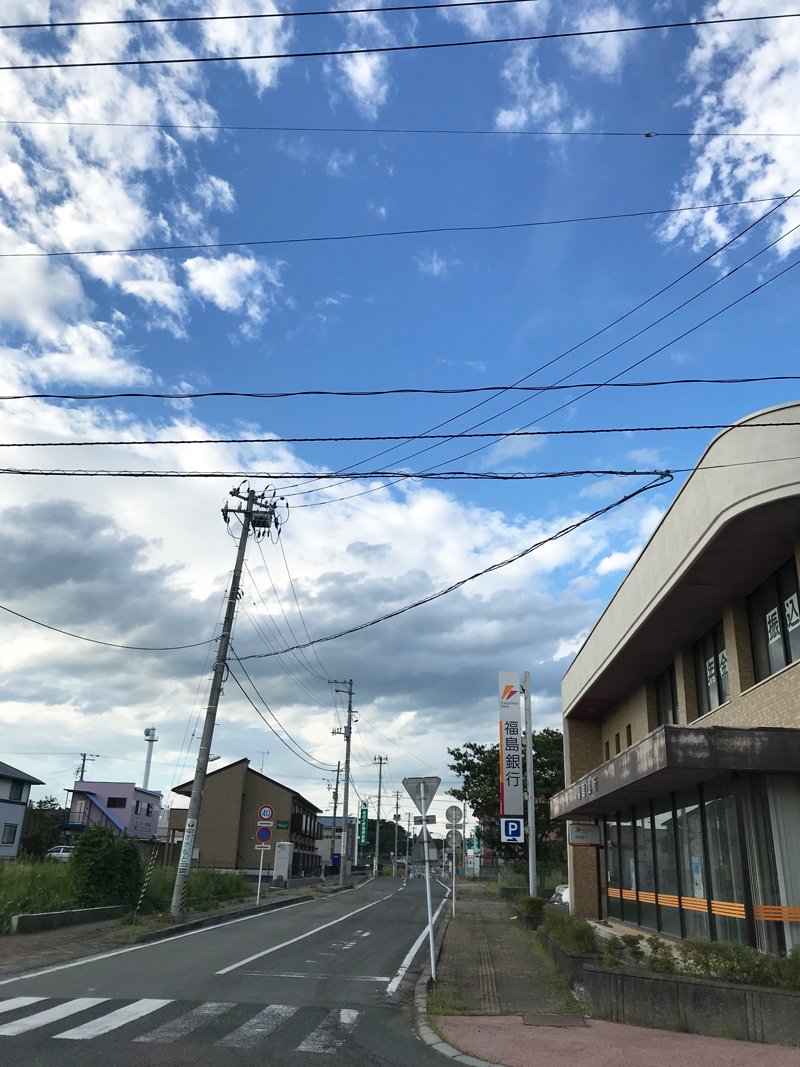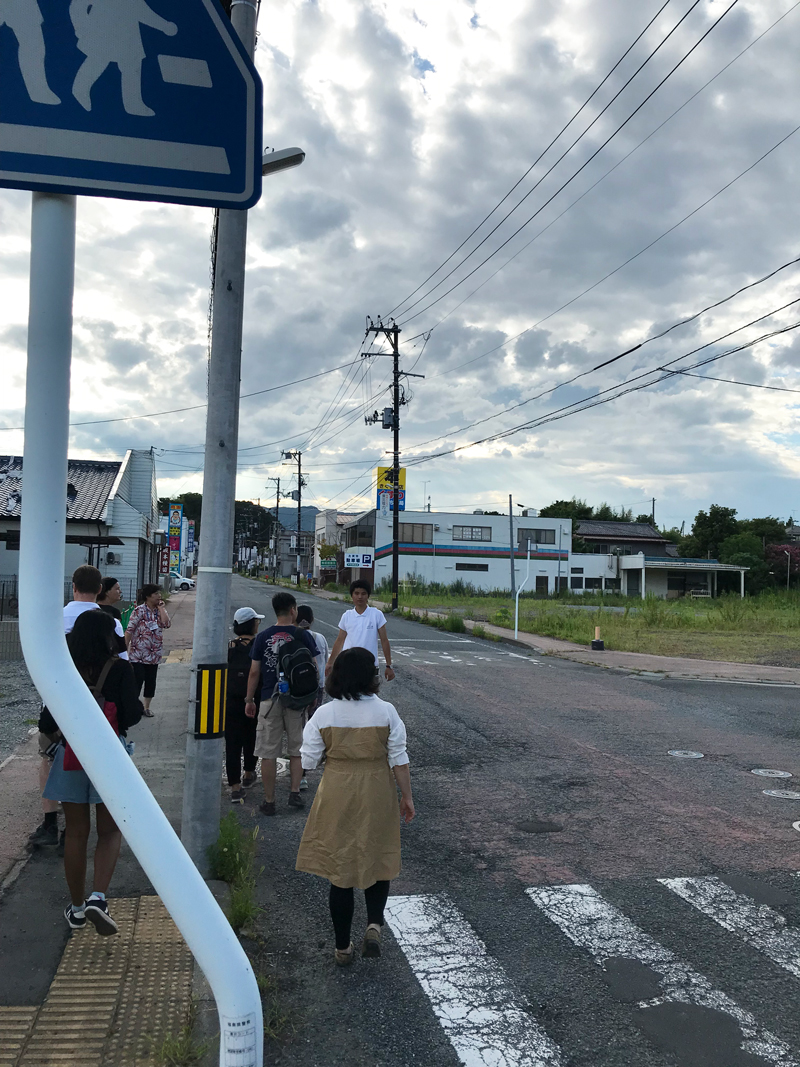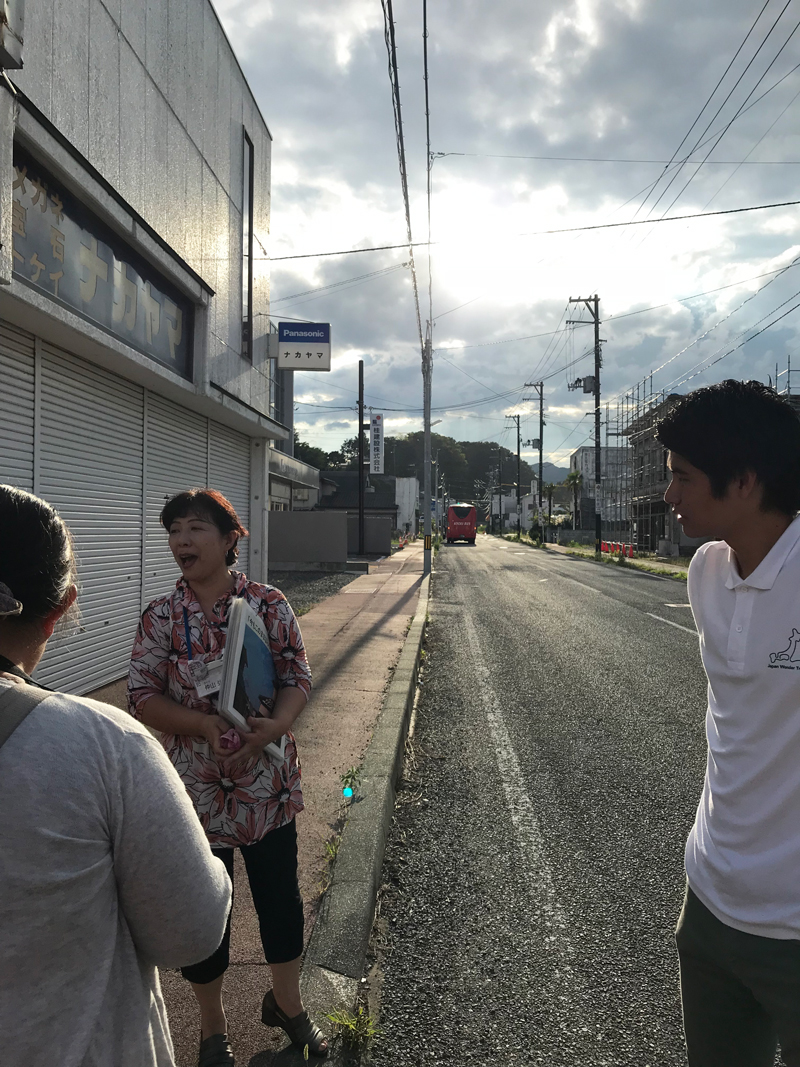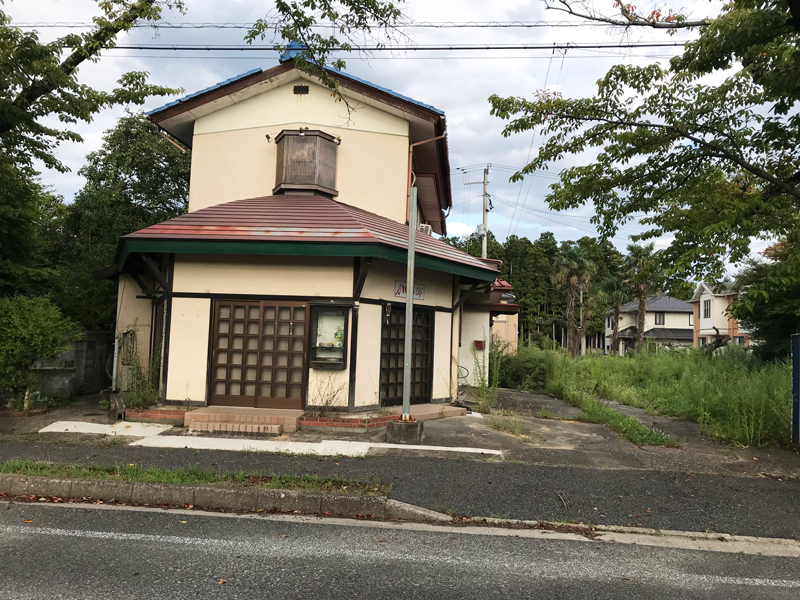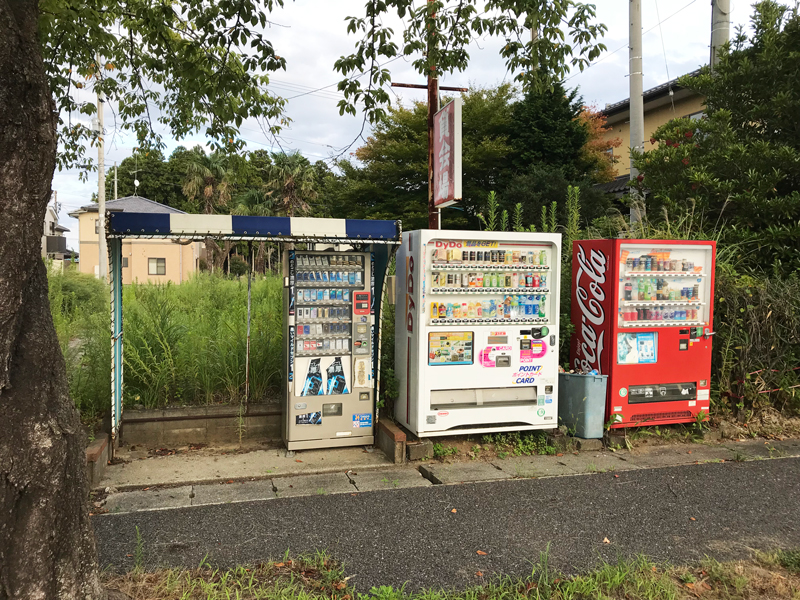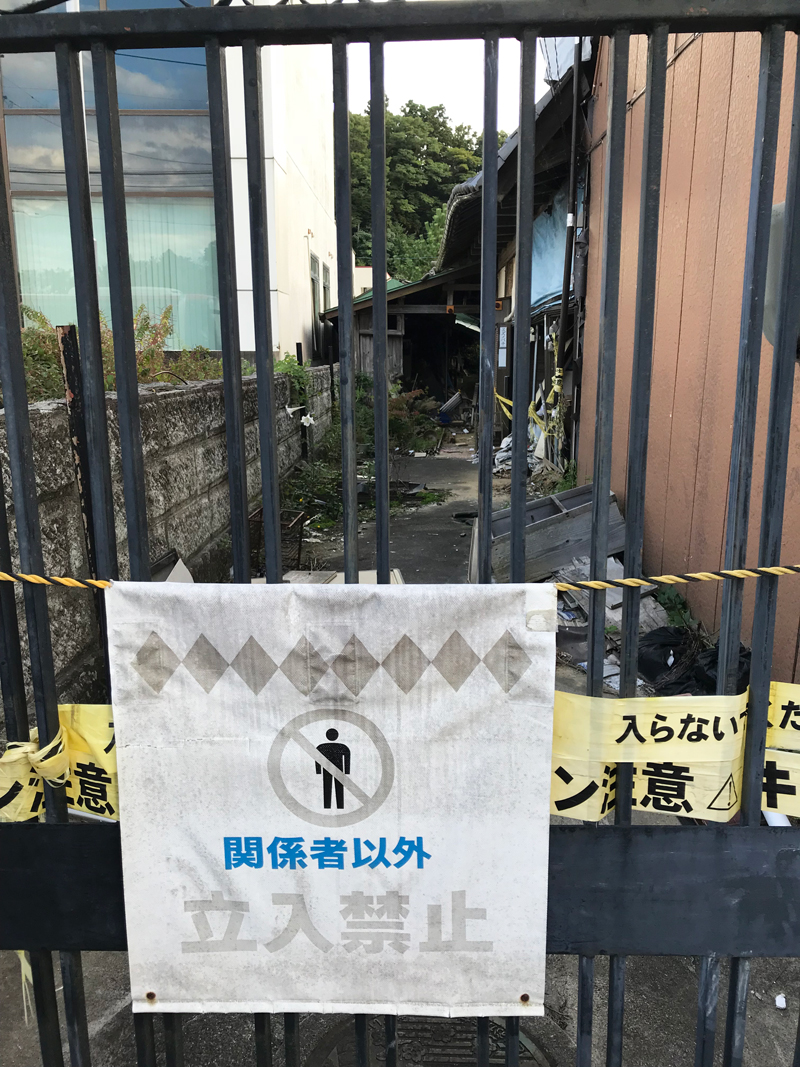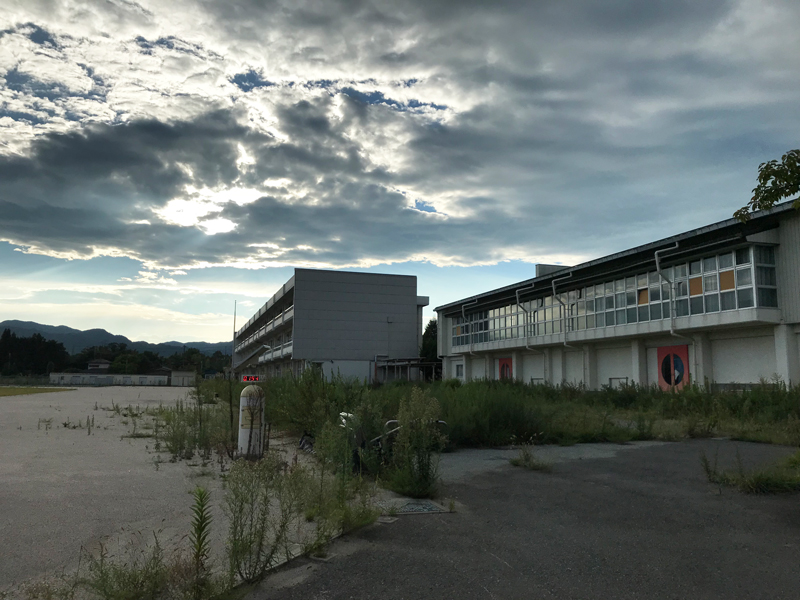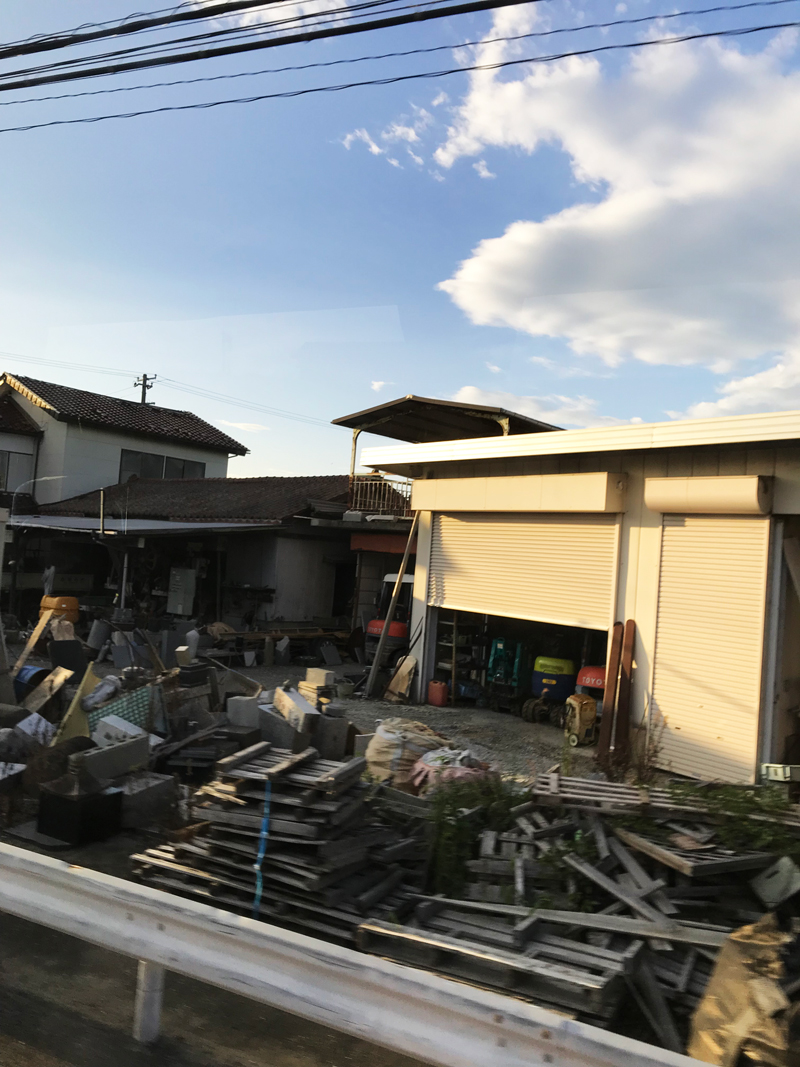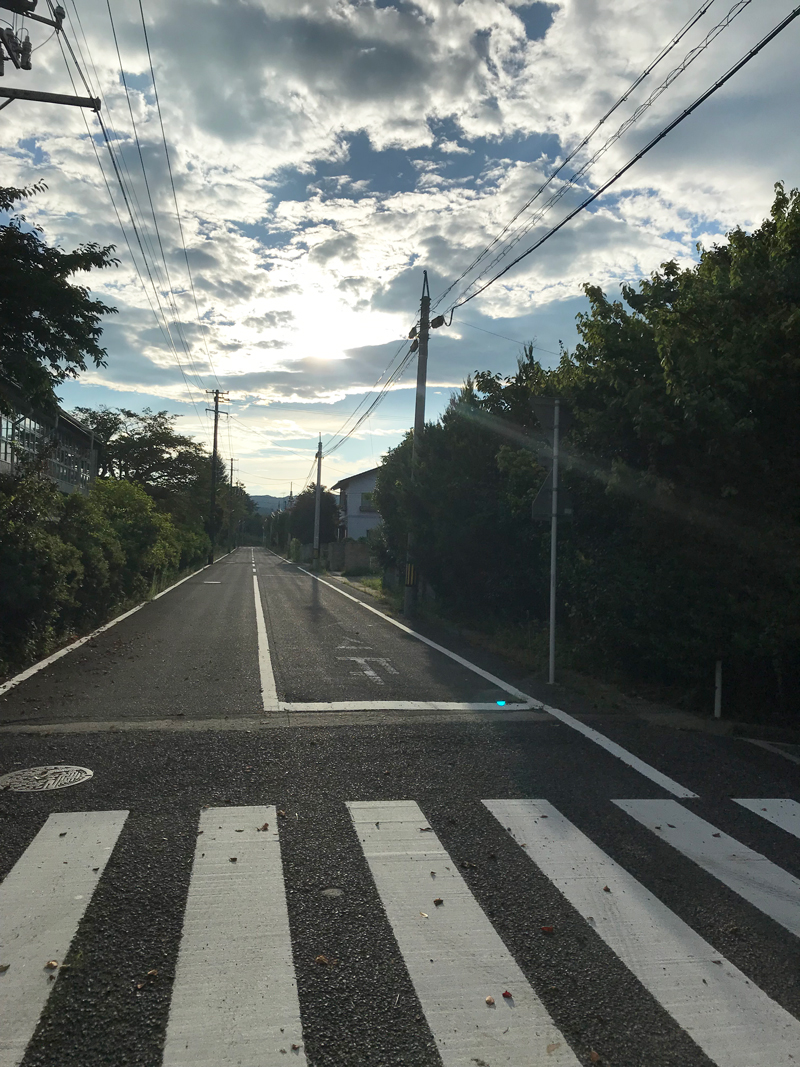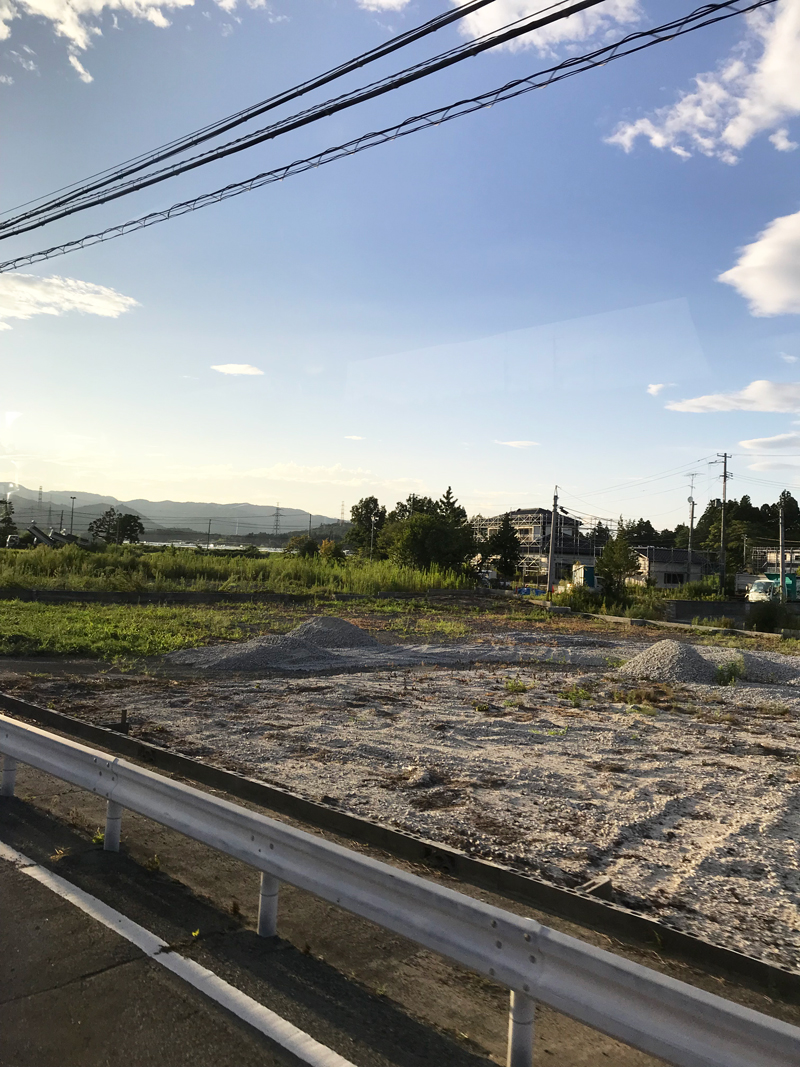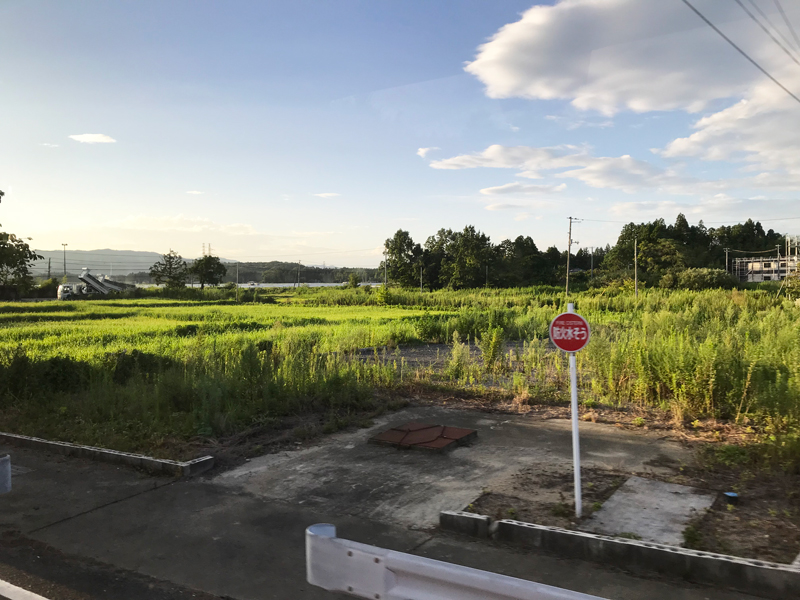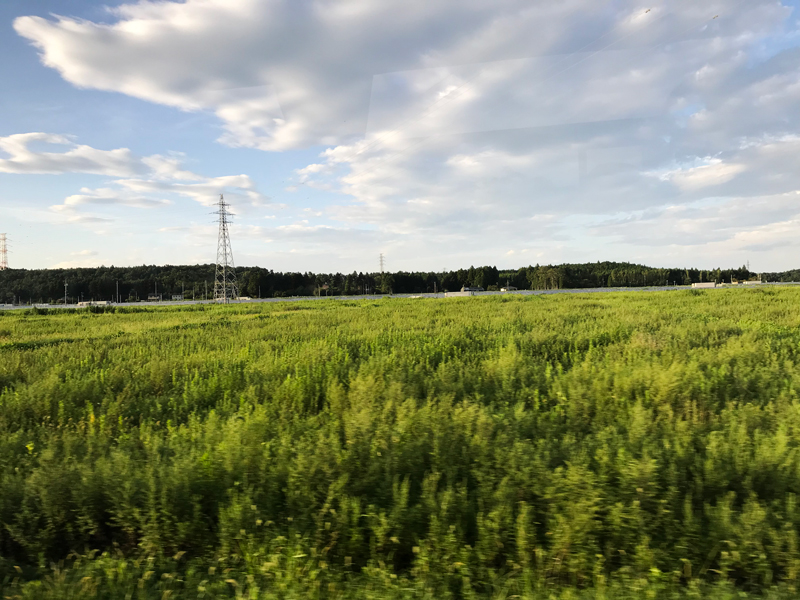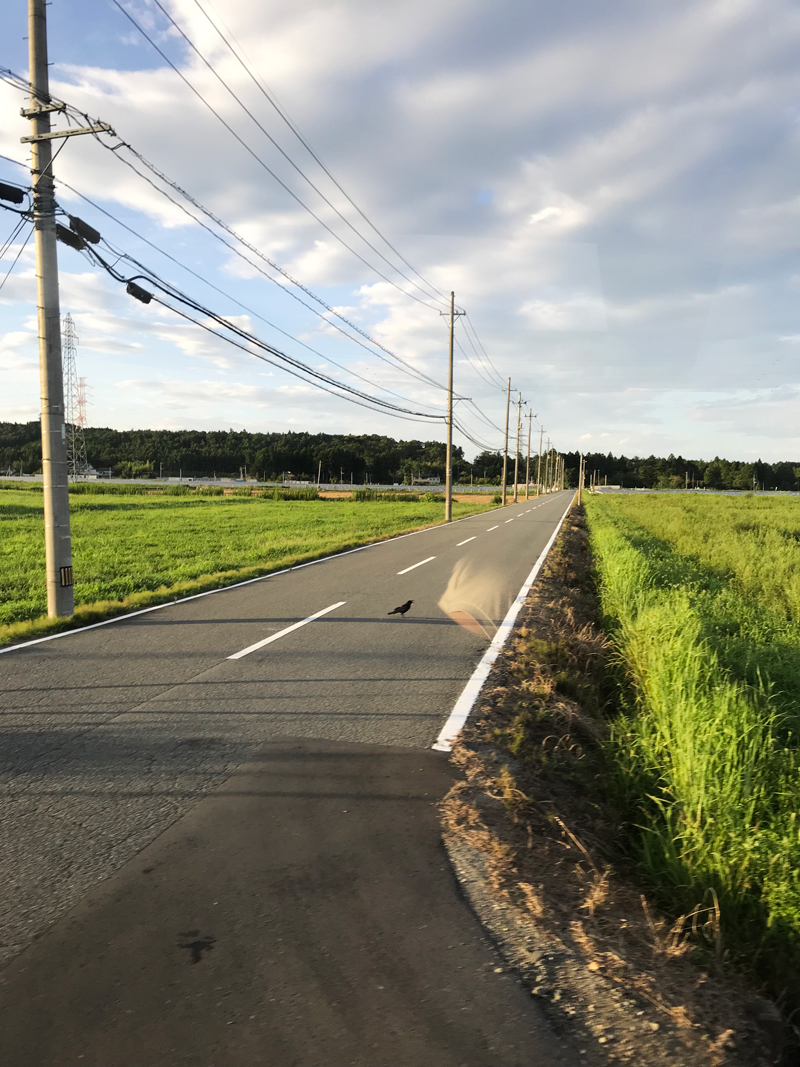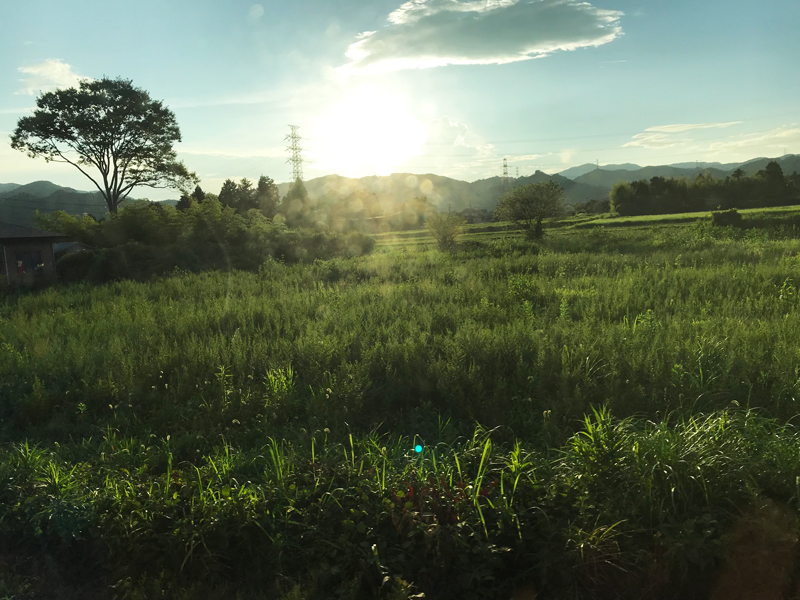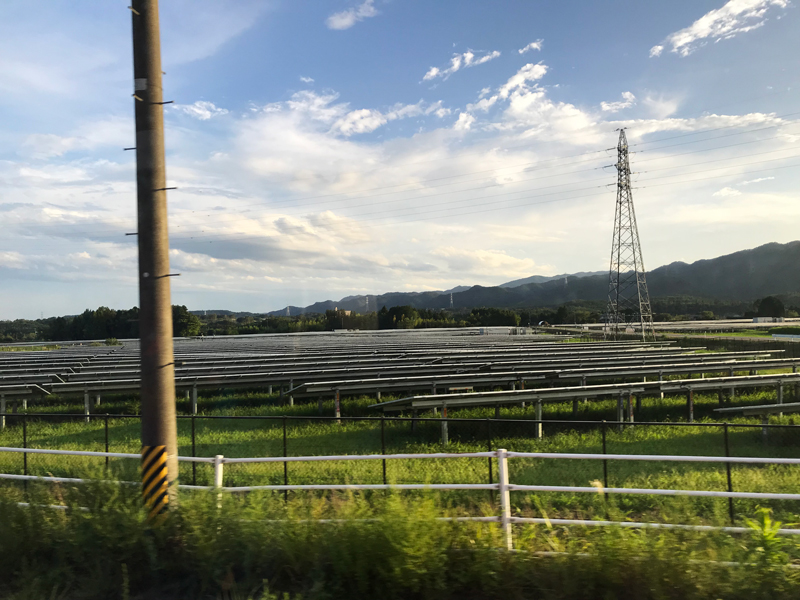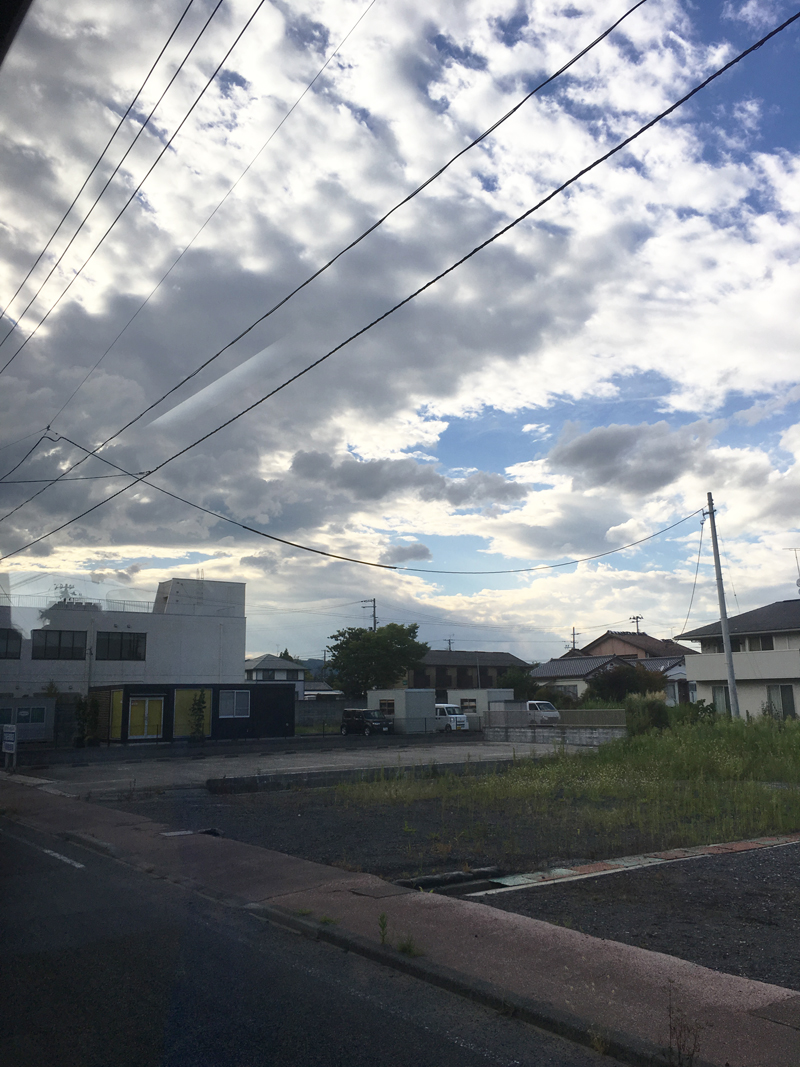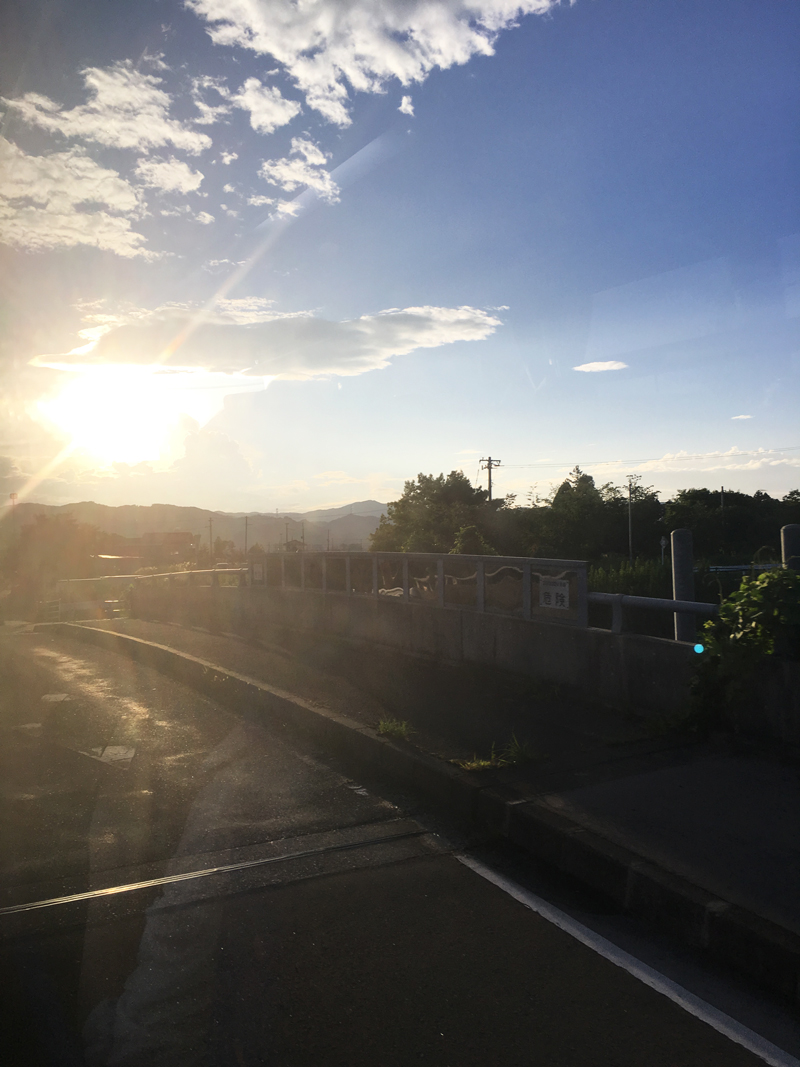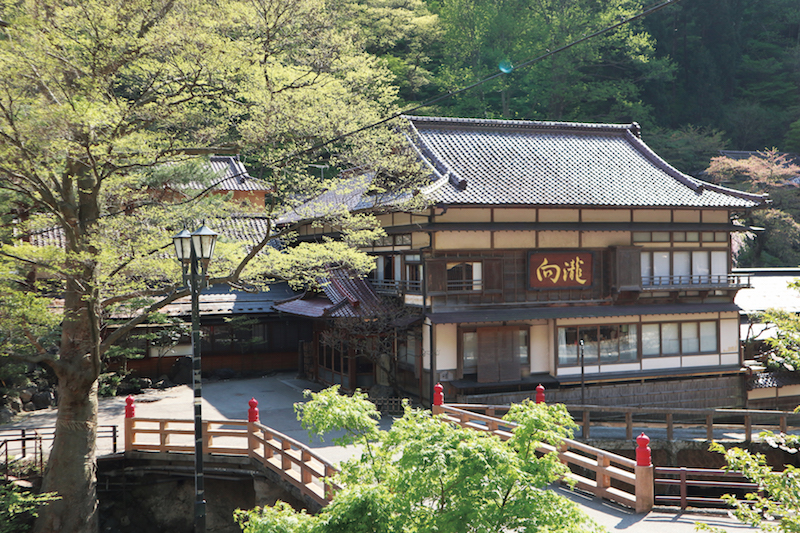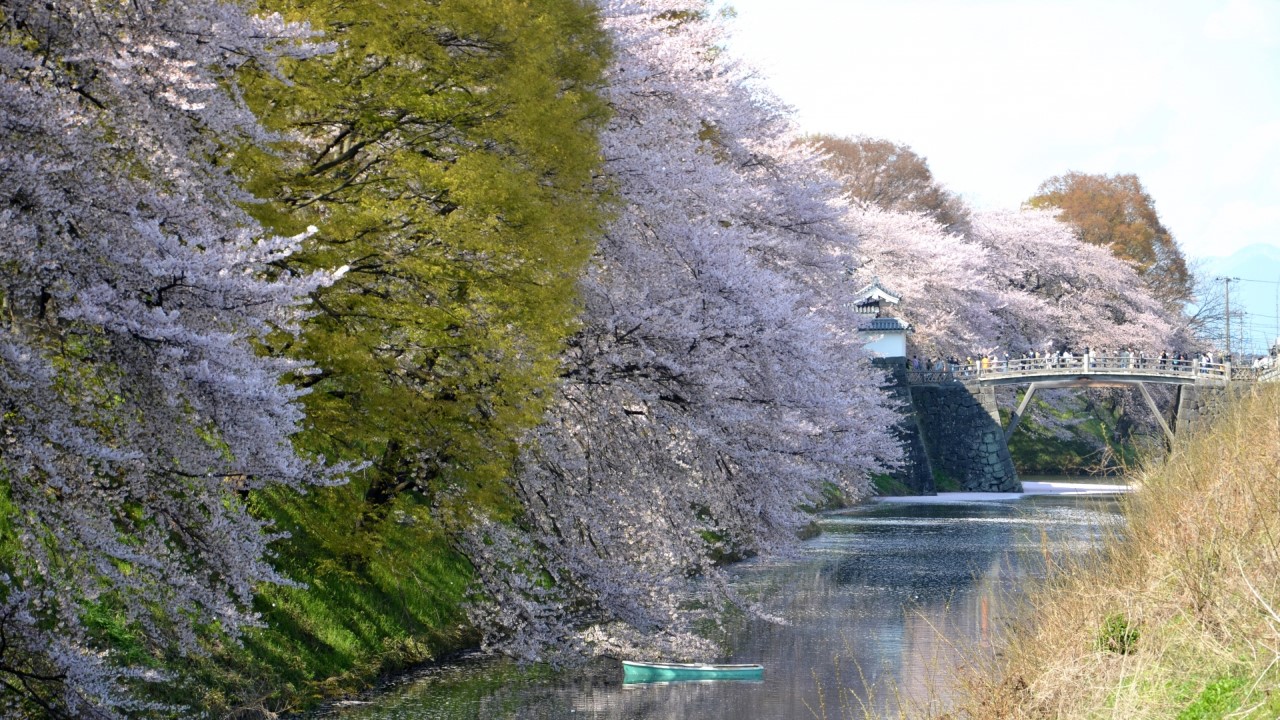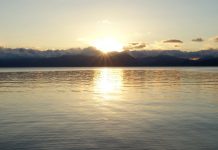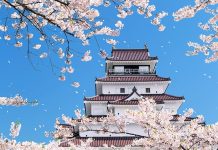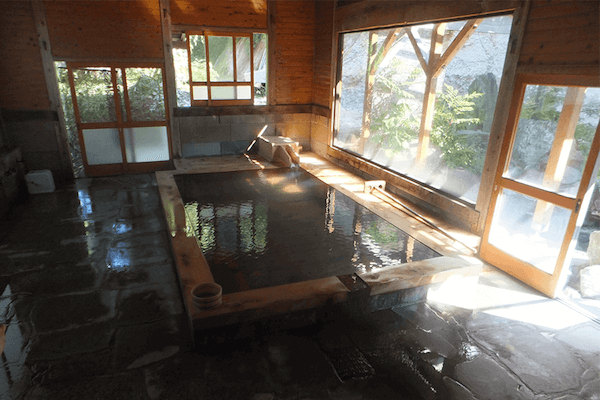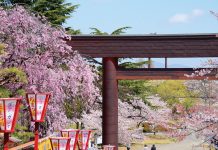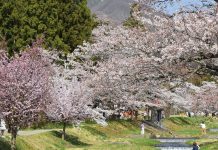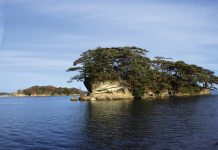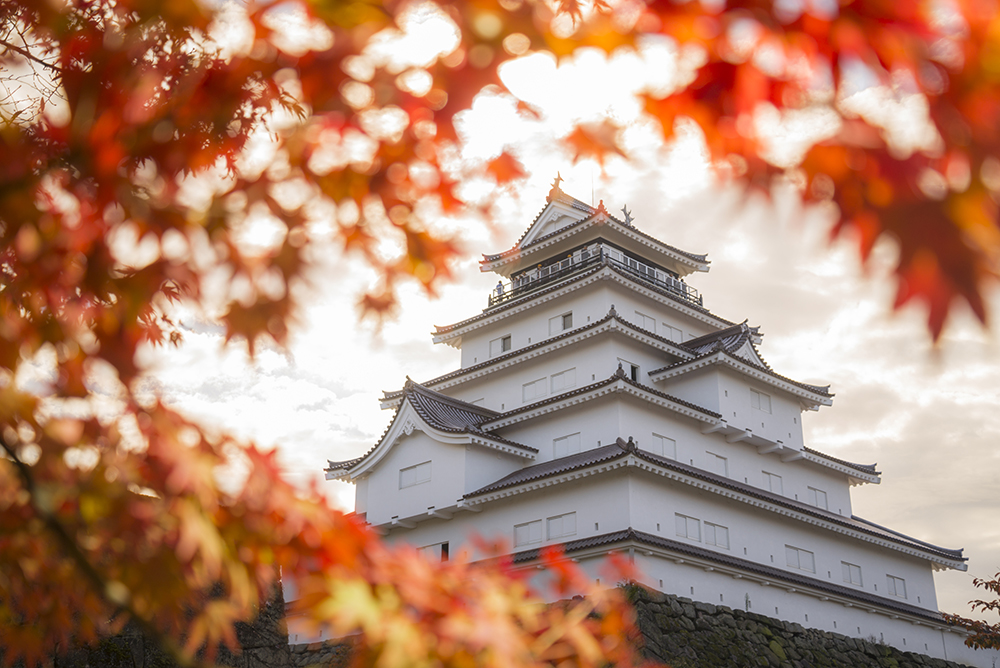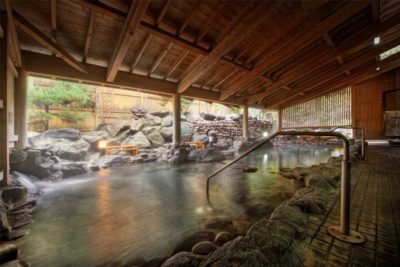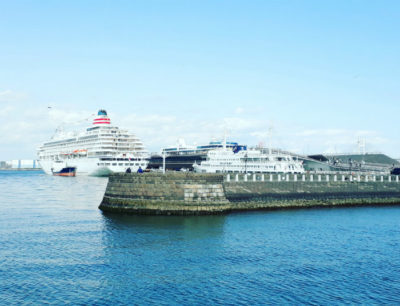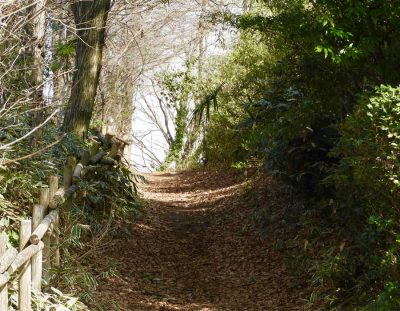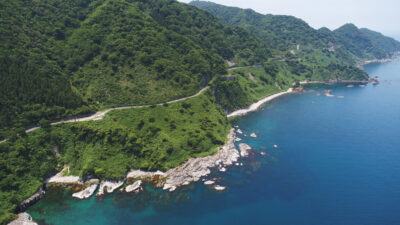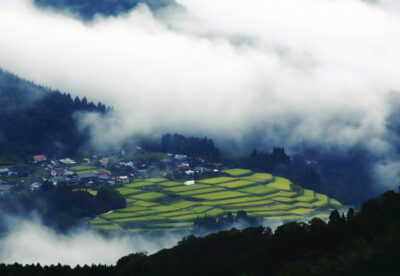Fukushima Disaster Area Day Tour from Tokyo offered by JapanWonderTravel.com
Life came to a stop – On March 11, 2011 at 2:45pm a 9.0 magnitude earthquake occurred 130 km off the coast of Sendai in Japan, triggering a massive tsunami which devastated a large coastal area and lead to the failure of the cooling systems in 4 of the Fukushima Daiichi Nuclear Power Plant units. Many victims, whole towns destroyed and areas still inaccessible because of high radiation – the life for anyone has never been the same.
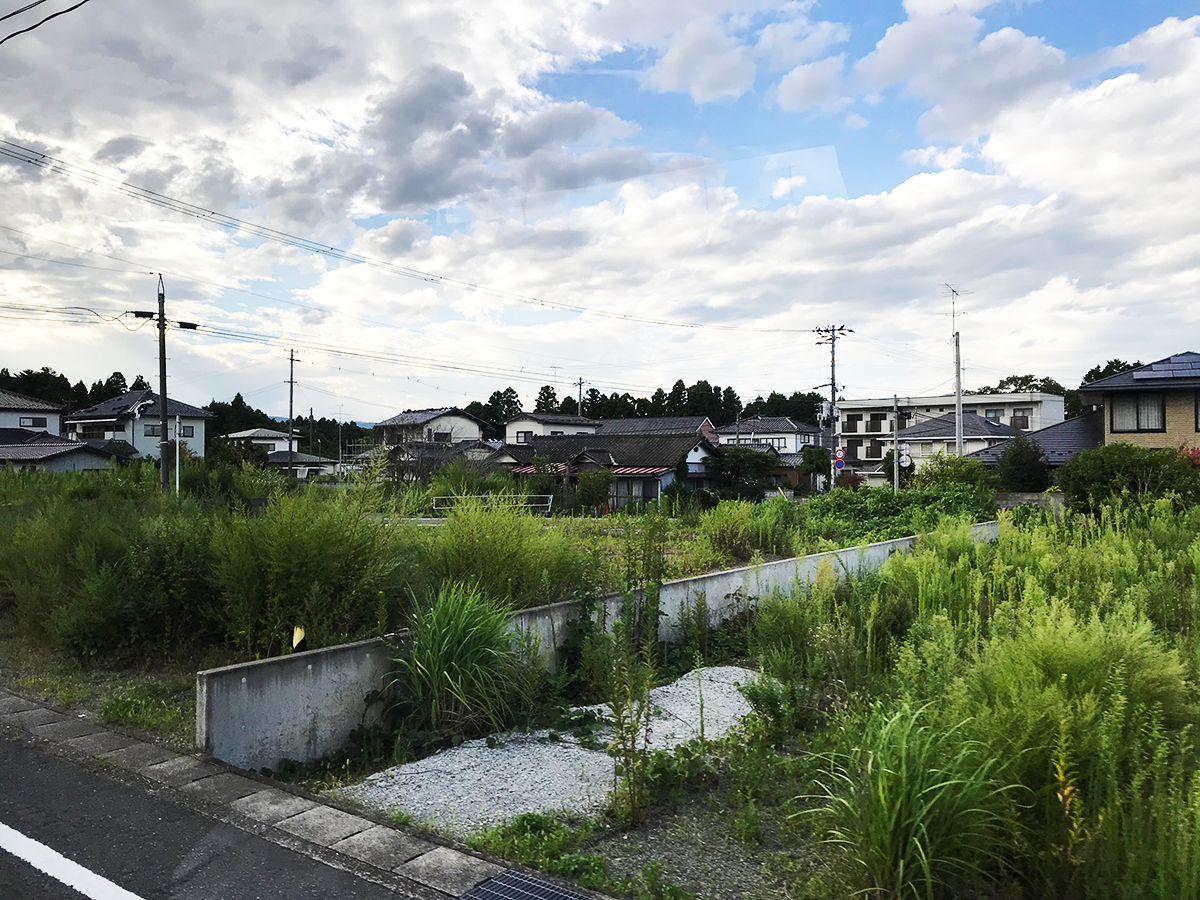
How safe is it over there now? – you might wonder.
In March 2018 Japan Wonder Travel started offering day tours to the coastal areas to share the situation of the local residents and their efforts to reconstruct their communities as well as to spread the facts of what had happened and the ongoing aftermath. The tour includes meeting residents in towns struck by the tsunami and/or the radioactive fall-out, seeing firsthand where these events happened and the ongoing efforts to reconstruct and rebuild communities after such a disaster.
Witnessing the Rebuilding of Fukushima after 2011
Namie Town and Hopes of the Future
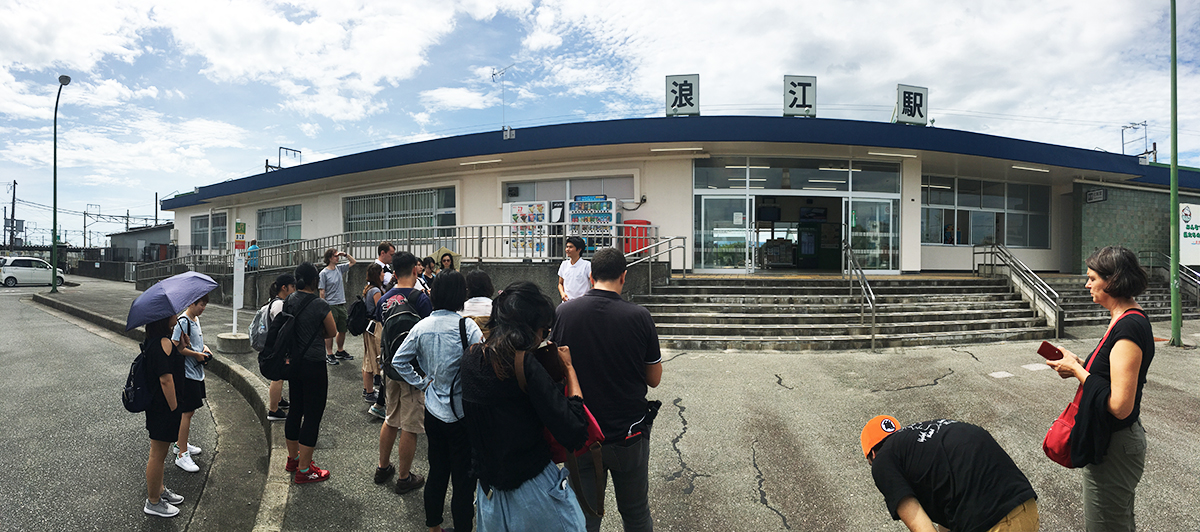
First stop is Namie Town, which was hit by the tsunami and also the radiation fall-out. All residents were ordered to evacuate and only after 6 years were allowed to return to parts of their town in March 2017. Before the town’s population stood at 21,000, now over a year after the clean-up 850 have returned, of which about 350 work for the city office. The town’s goal is to raise the population to 8,000 by the year 2035, hoping to attract more people with a new manufacturing plant to open next year and the new Robot Test Field Facility to open in Minami-Soma, a nearby town. There are future plans for a center of new technologies, inviting automatic driving and drone deliver research projects to the area.
So far though, coming from Sendai, the train line still ends at Namie JR Station and is only scheduled to be reopened in its full length in 2019. There is a radiation meter mounted on the wall inside the station, as on many streets along the way. Currently about 40 people use the station per day, while before it was over 2,000 including children commuting to their respective schools.
A drive through Namie Town
The Farm of Hope and the One and Only Farmer
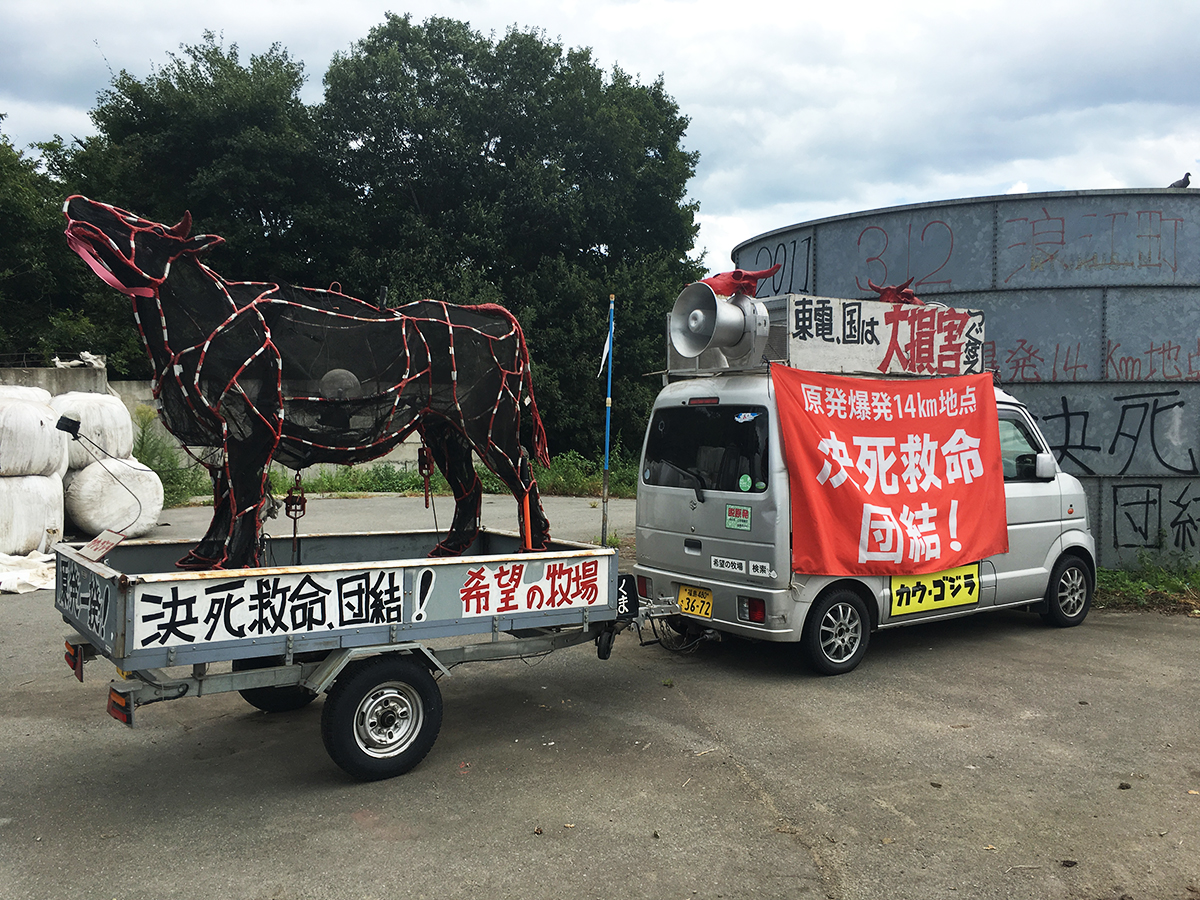
Next stop is at the Farm of Hope (kibo-no-bokujo), which stands in view sight of the Fukushima Daiichi Nuclear Plant’s chimneys, just 14km away. Farmer Masami Yoshizawa had been raising cattle for black wagyu beef until March 2011. He actually heard the explosions at the plant units himself while tending his cows in the aftermath of the earthquake. The only farmer who returned to his farm and cattle after the government’s evacuation order, he has been active ever since in the anti-nuclear movement and tends to his cattle, which he refused to euthanize on government orders like other farmers did in the area. The government had wanted to prevent polluted beef entering the food market, but for Mr. Yoshizawa that was no reason to abandon his stock and he nowadays keeps them on his farm, feeding them with donated food and trying to give them the best life he can. They have lost their economic value, but for him his cattle are living proof of the disaster.
Ukedo Elementary School

Next, the Ukedo Elementary School stands only 200m from the Pacific Ocean with its beautiful sandy beaches, which were popular with vacationers and surfers before. Shaped like a ship the school’s gym reflected the main industry of the town in its design. A clock at its outer wall stopped at the time when it was hit by the tsunami as high as the gym’s wall. All students and teachers were saved because they were able to run up a nearby hill just before the tsunami hit. All surrounding houses have been washed away or taken down by now and only the school remains as a reminder of the devastating events. Currently the only construction going on is of a new tsunami protection wall along the whole coast line, 9 m high, built in hope to protect if another disaster hits.
From the ocean the tour continues over Route #6 which is still closed to pedestrians and motorcyclists and can only be traversed by car or bus with the windows closed because the surroundings are still designed as an exclusive no-go zone, because clean-up isn’t finished yet.
Tomioka Town and Dreams of Cherry Blossoms
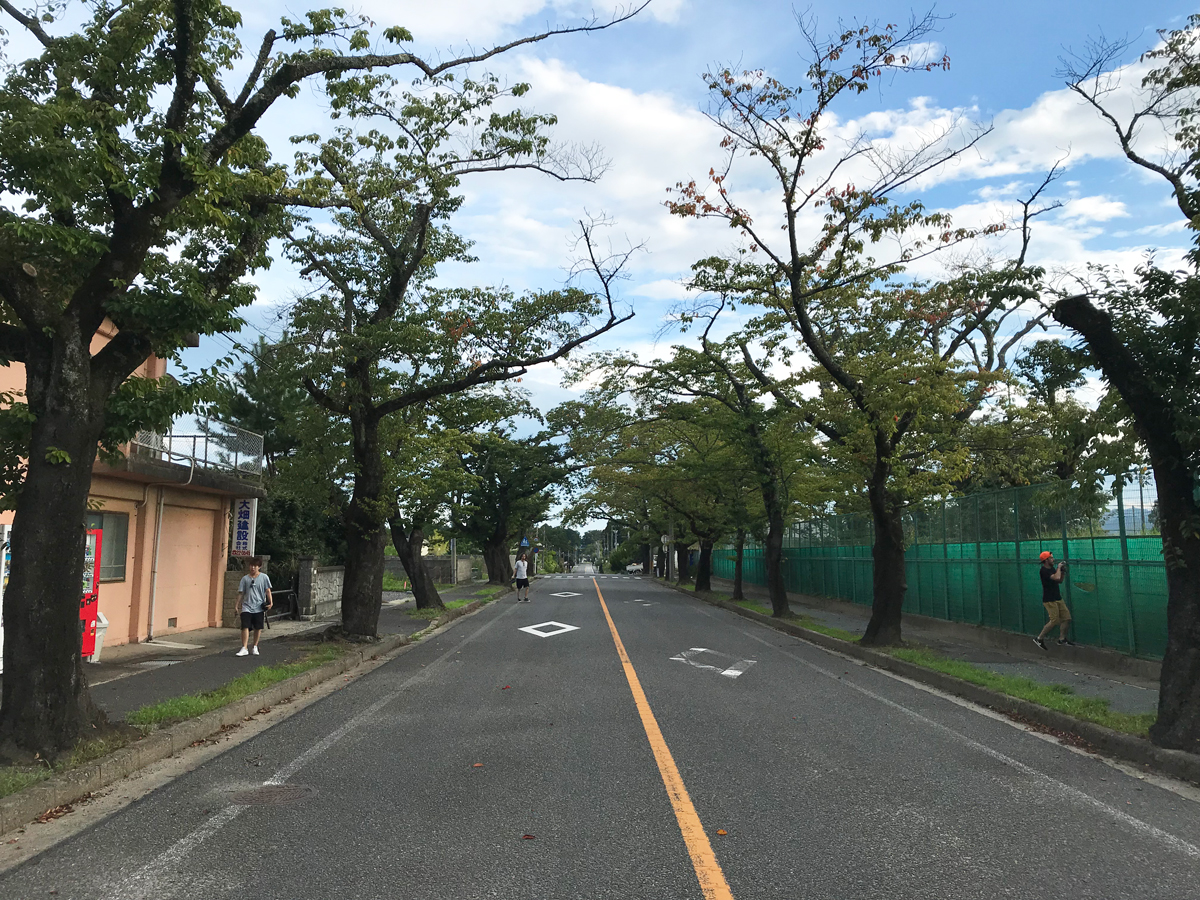
The last stop of the tour is at Tomioka Town. The evacuation order was partly lifted last year, and residents faced the decay of their homes after being left untouched for 6 years. The 3 main problems residents faced were and still are: rats, radiation and mold. The resident guide who joined us for a 1 1/2 hour tour around town also spoke of thefts right after the earthquake. Not only were residents forced to evacuate, but also faced robbery of their businesses and homes right after the earthquake. Nowadays residents have hope to one day again celebrate their famous Sakura Cherry Festival along their cherry tree lined street, which is still partly fenced off into the no-go zone.
The government started a huge clean-up project for the whole area, including washing the walls and roofs of all buildings, street surfaces and even trees lining the streets in town, but residents were left alone with the clean-up inside their houses. Many had no idea how to deal with the radiation and decided to pull down their houses, for which they were reimbursed in full if it was done in the first year after evacuation orders were lifted. Facing this, most residents decided to not return to their hometown seeing the work and finances needed.
Of the formerly 16,000 residents, the town now has 700, which includes a large number of temporary workers involved in the clean-up of the aftermath. Only 400-500 of the original residents returned, and their average age is over 70 years. Returnees are mostly retired people and the few young people moving in mostly work on the Daiichi Nuclear Plant. Newly built 1-family-houses for families and apartments for singles are offered by the government, if former residents demolish their original houses. Most people who moved in though are not former residents.
The town faces the tasks of creating a new town society with the remaining returning residents and hoping for newcomers joining them in their efforts. They know that their old town is lost forever but have hope to be a model town in building a new society with former and new residents from the rubble. First steps are made with the opening of a local clinic and hospital. A local journalist spoke of the influx of new ideas and techniques from people who have moved in from other parts of Japan and how the local communities slowly start accepting these new challenges as a chance to create new communities in the area.
This gives such a positive outlook for the future of this part of Japan and locals can feel proud to be at the onset of creating new communities on the experience of such a disaster.
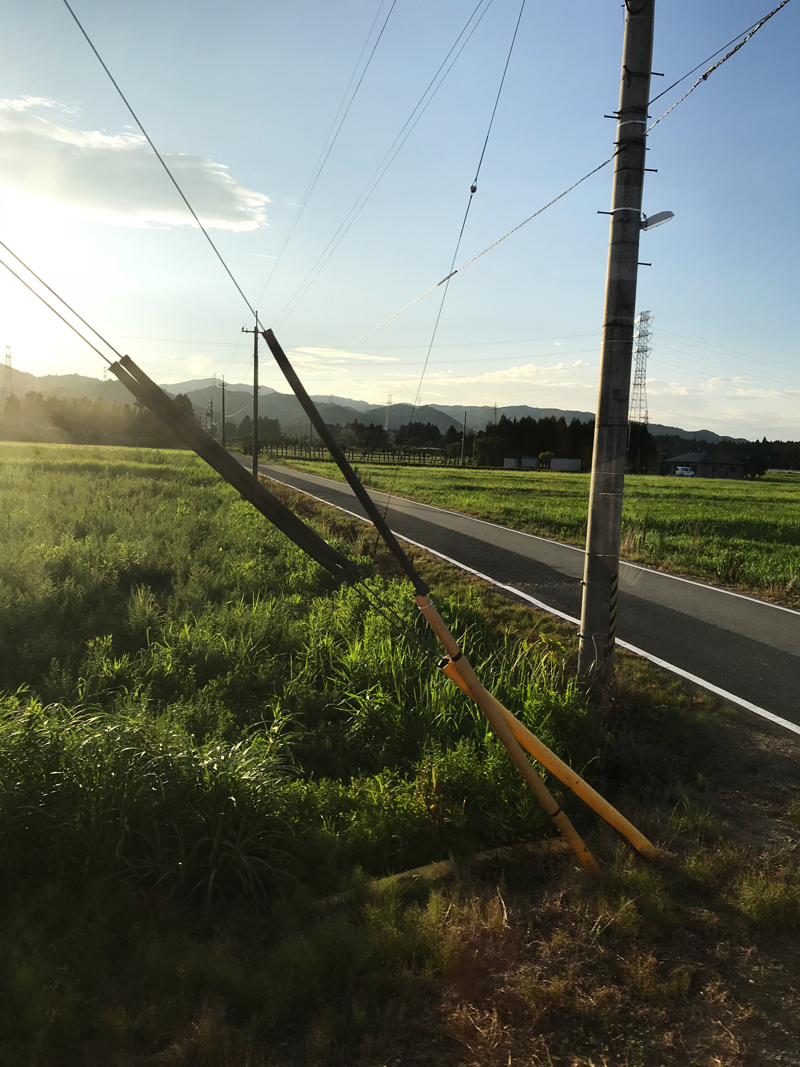
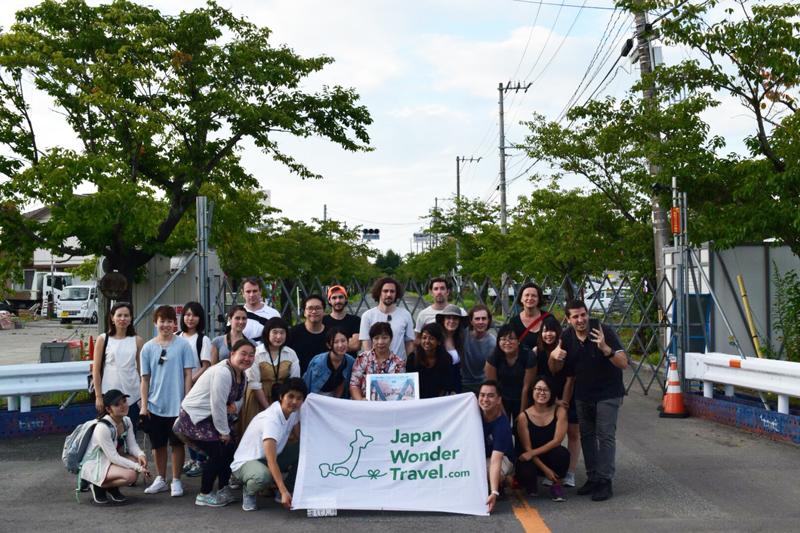
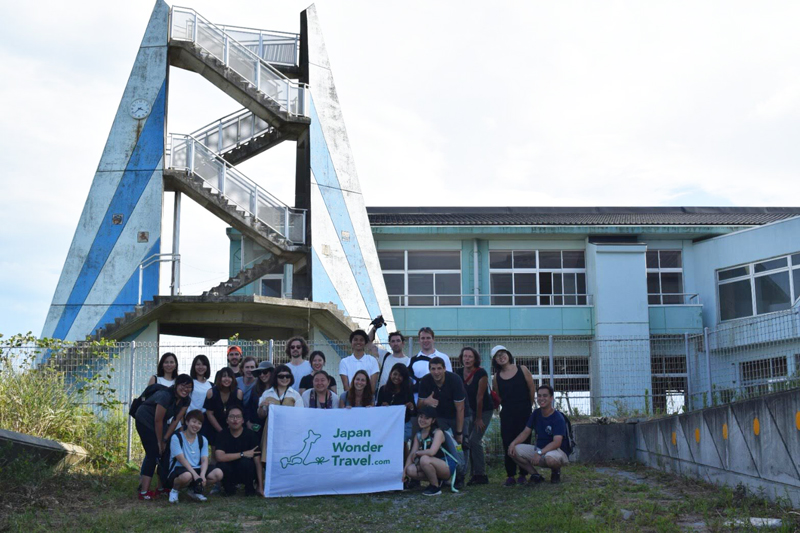
written by Barbara Kuhn, (August 25, 2018)
All photos by Chew Yan Qiao
========================================================
For more information about the Tour:
SNS to follow:
https://www.instagram.com/fukushimadisasterareatour/
https://twitter.com/fukushima_tour
 0
0

